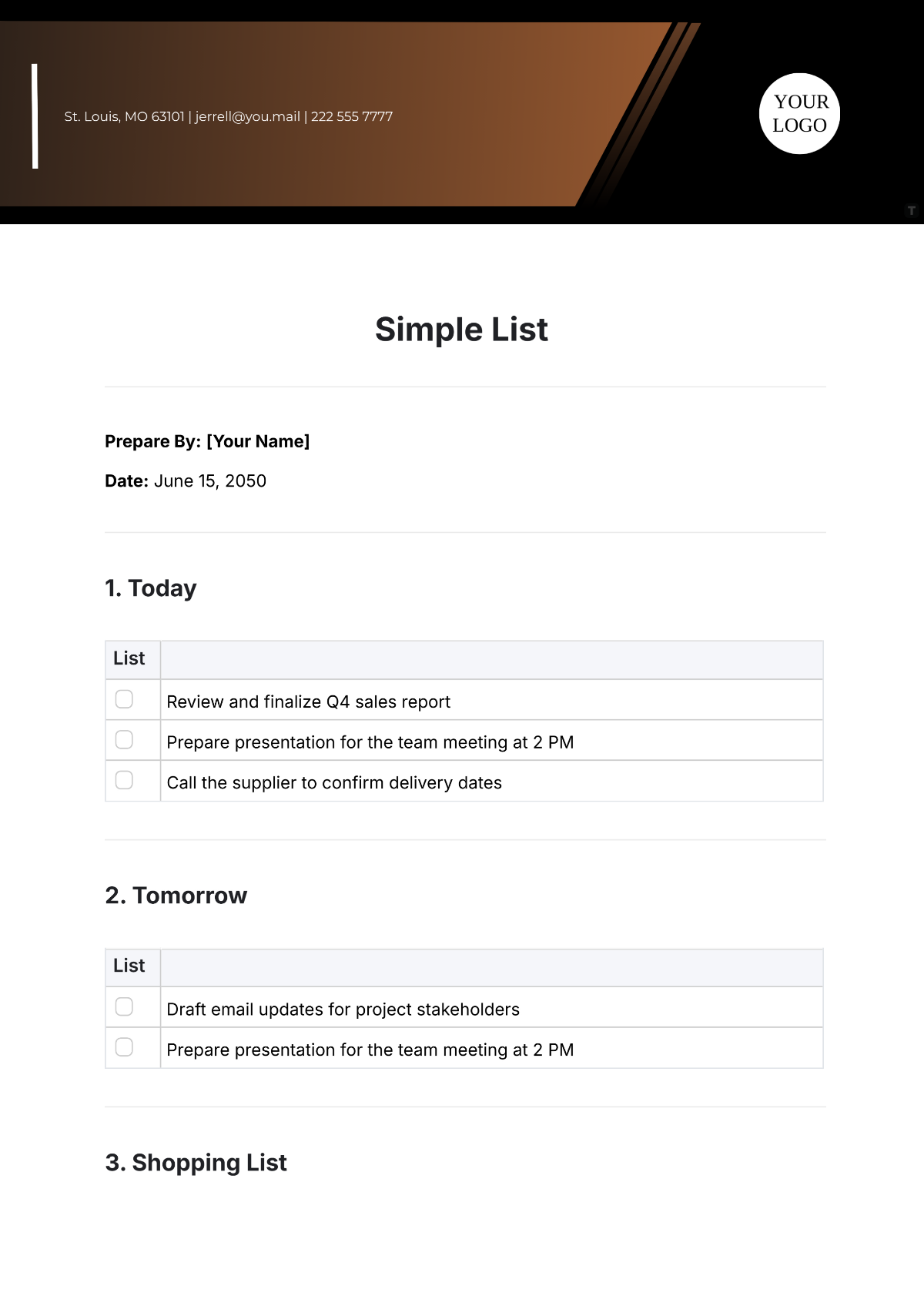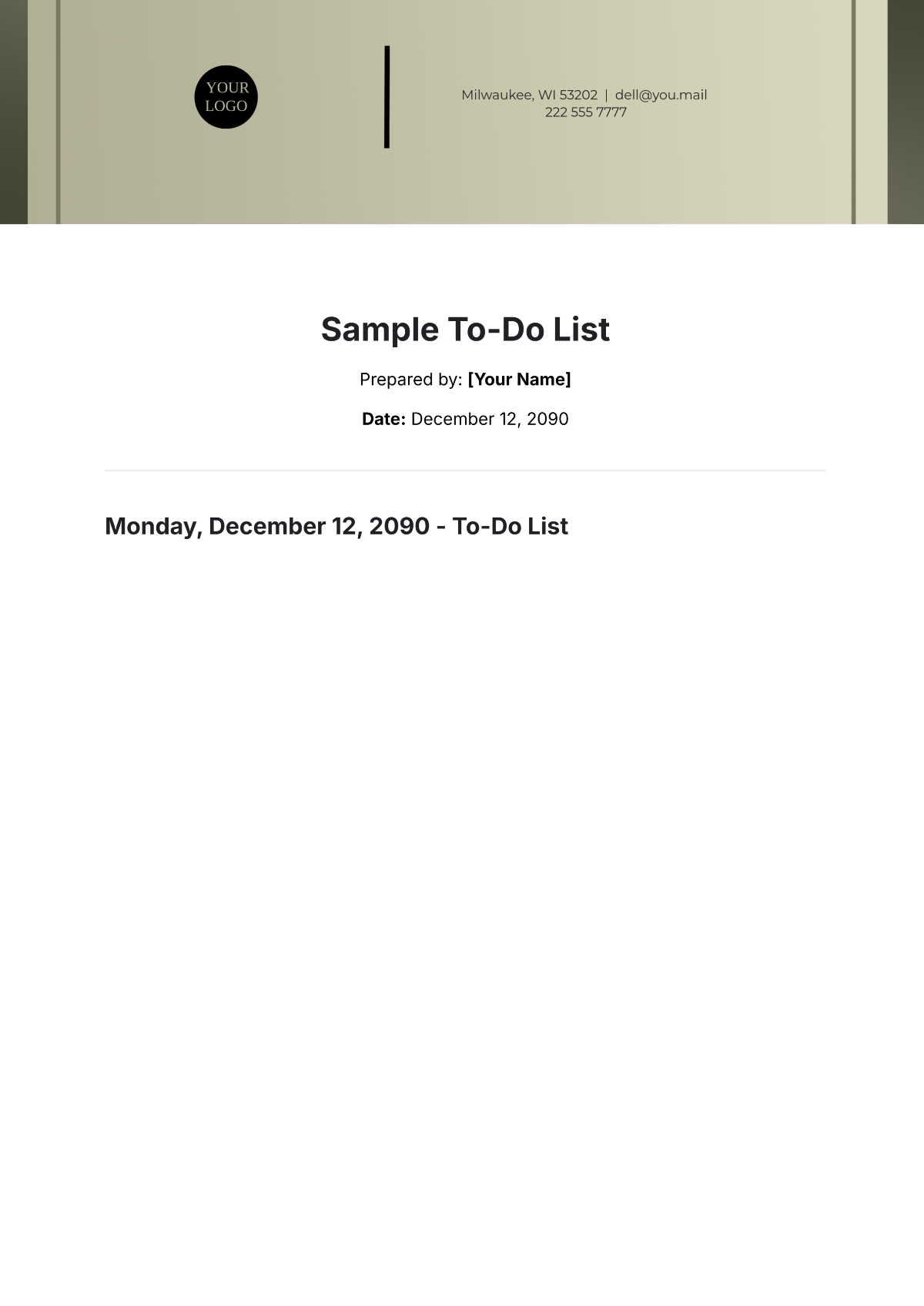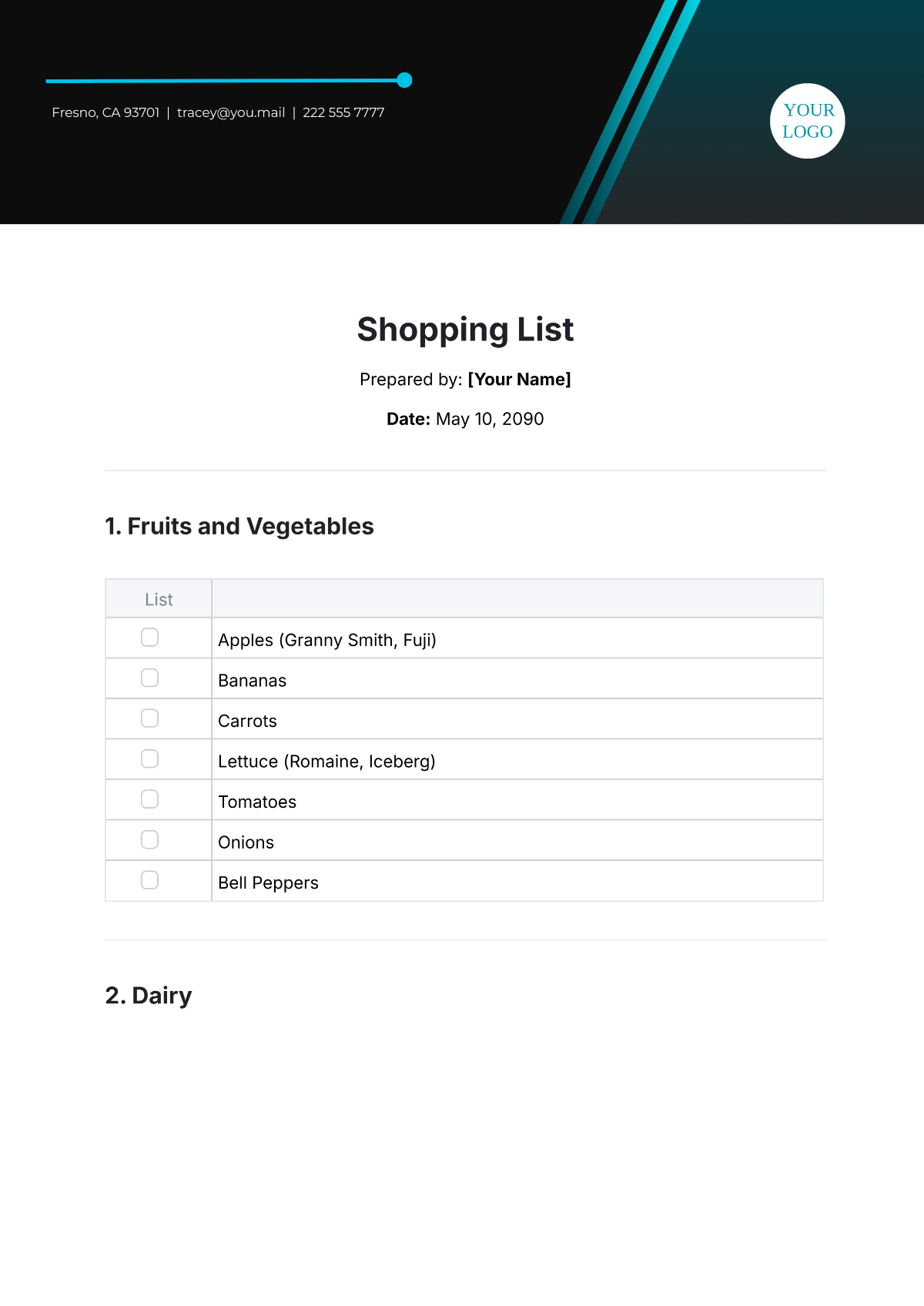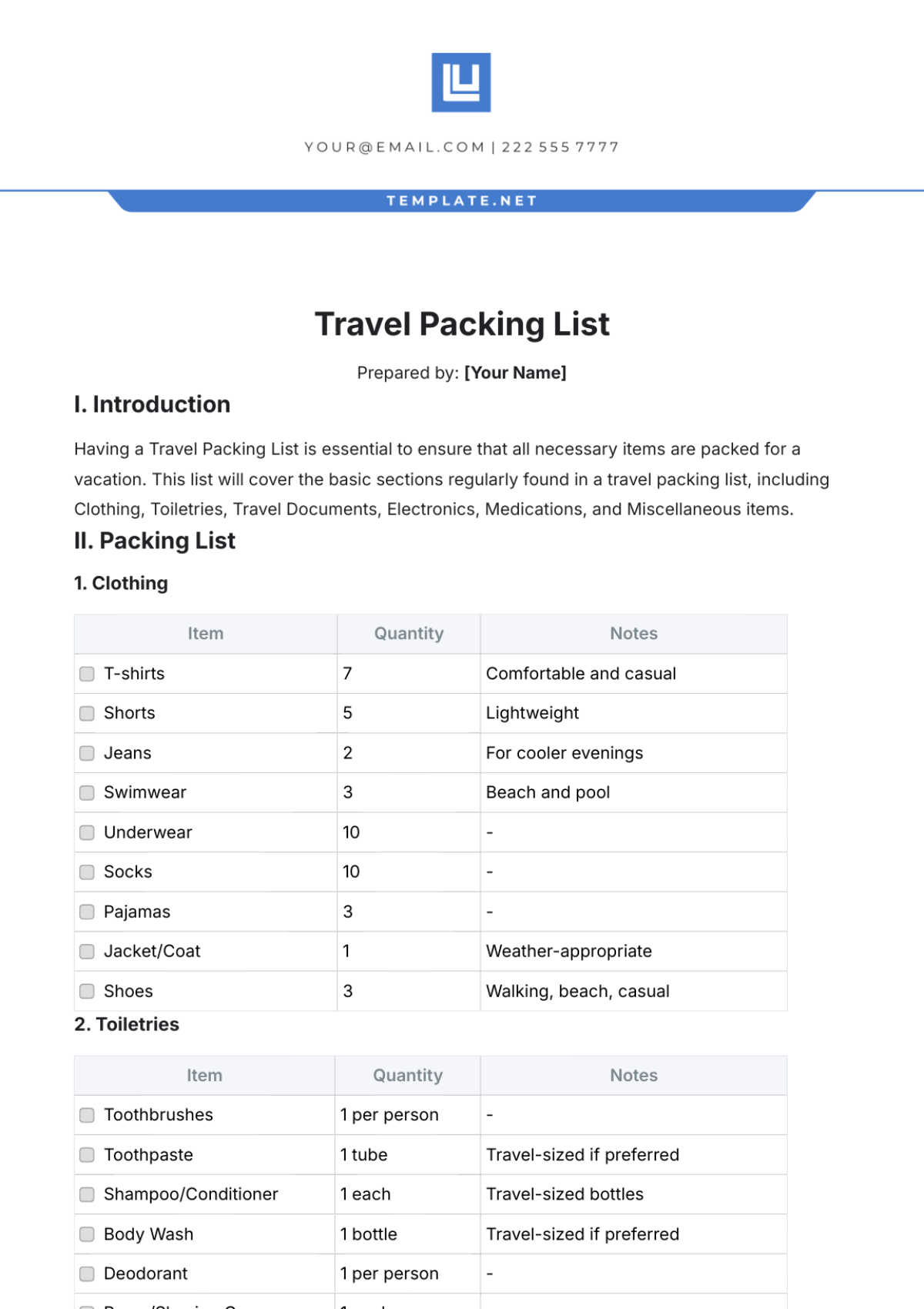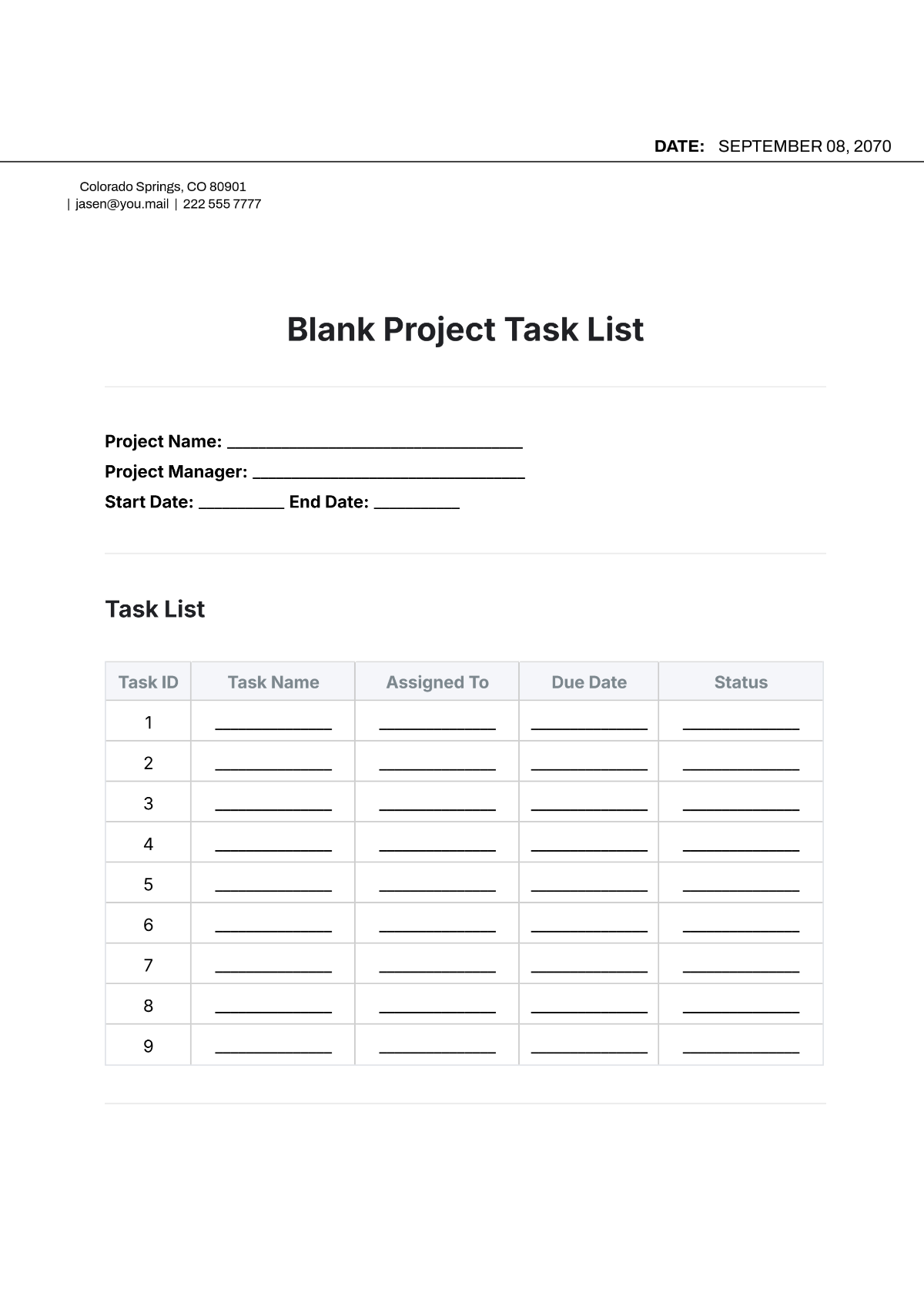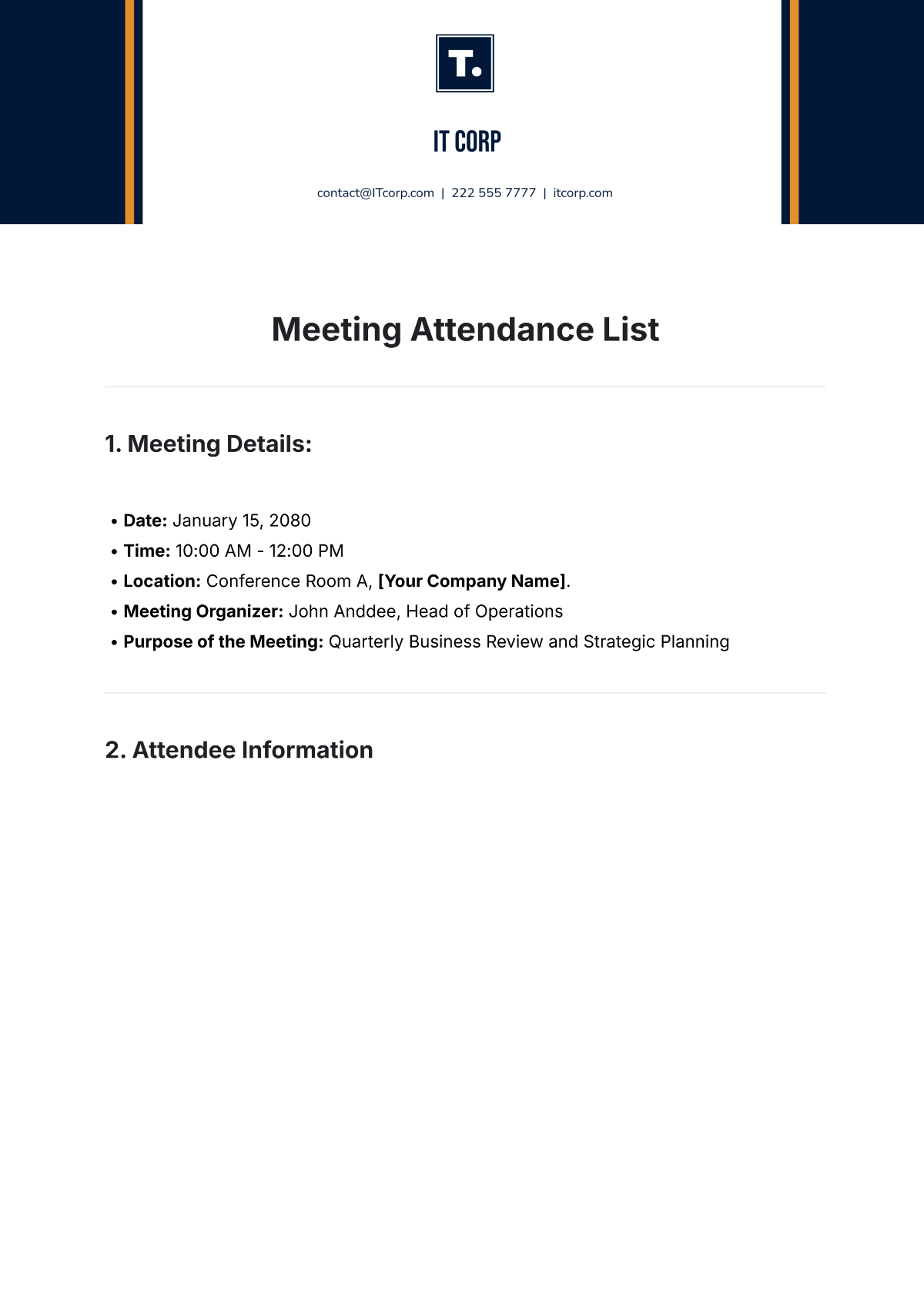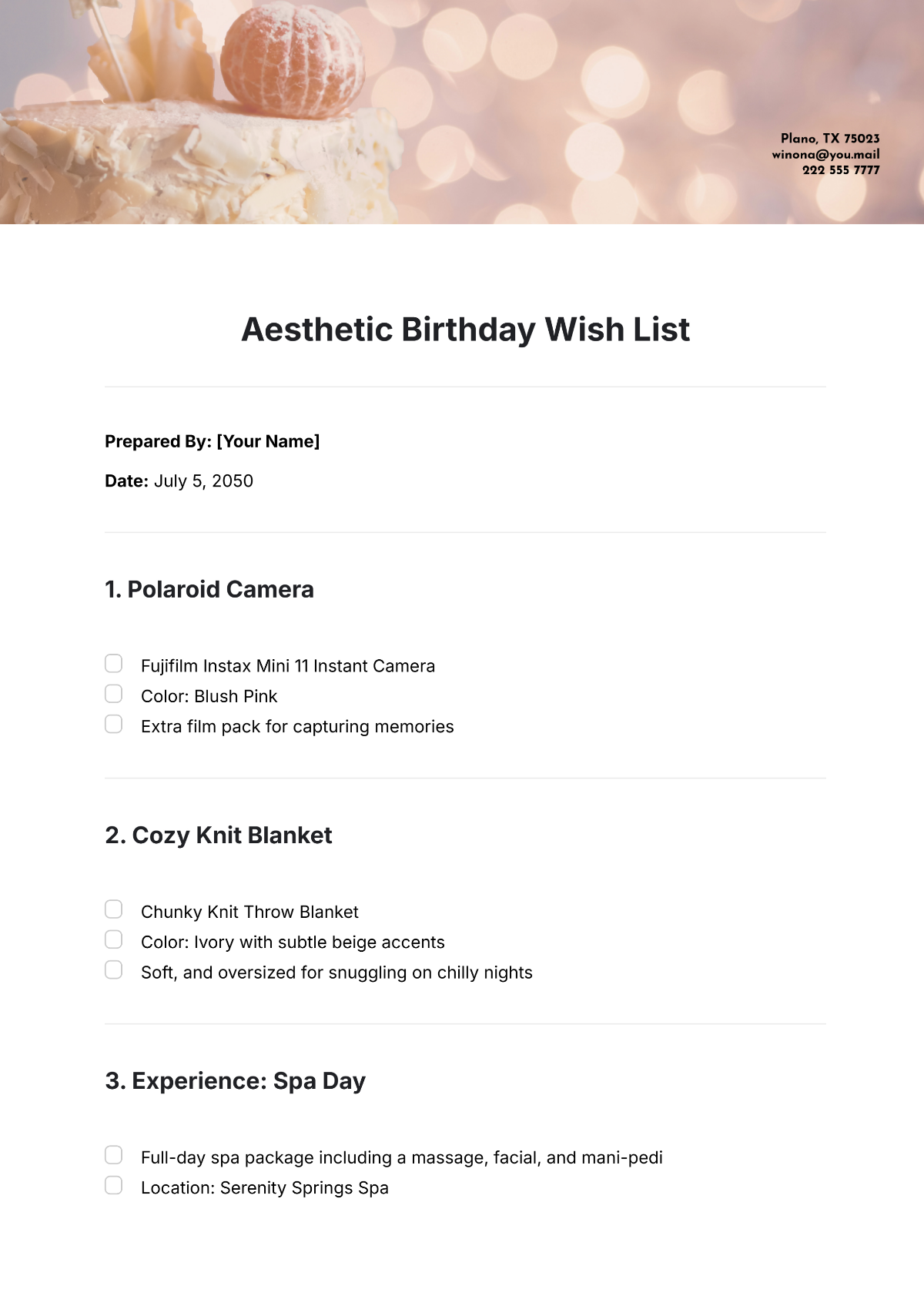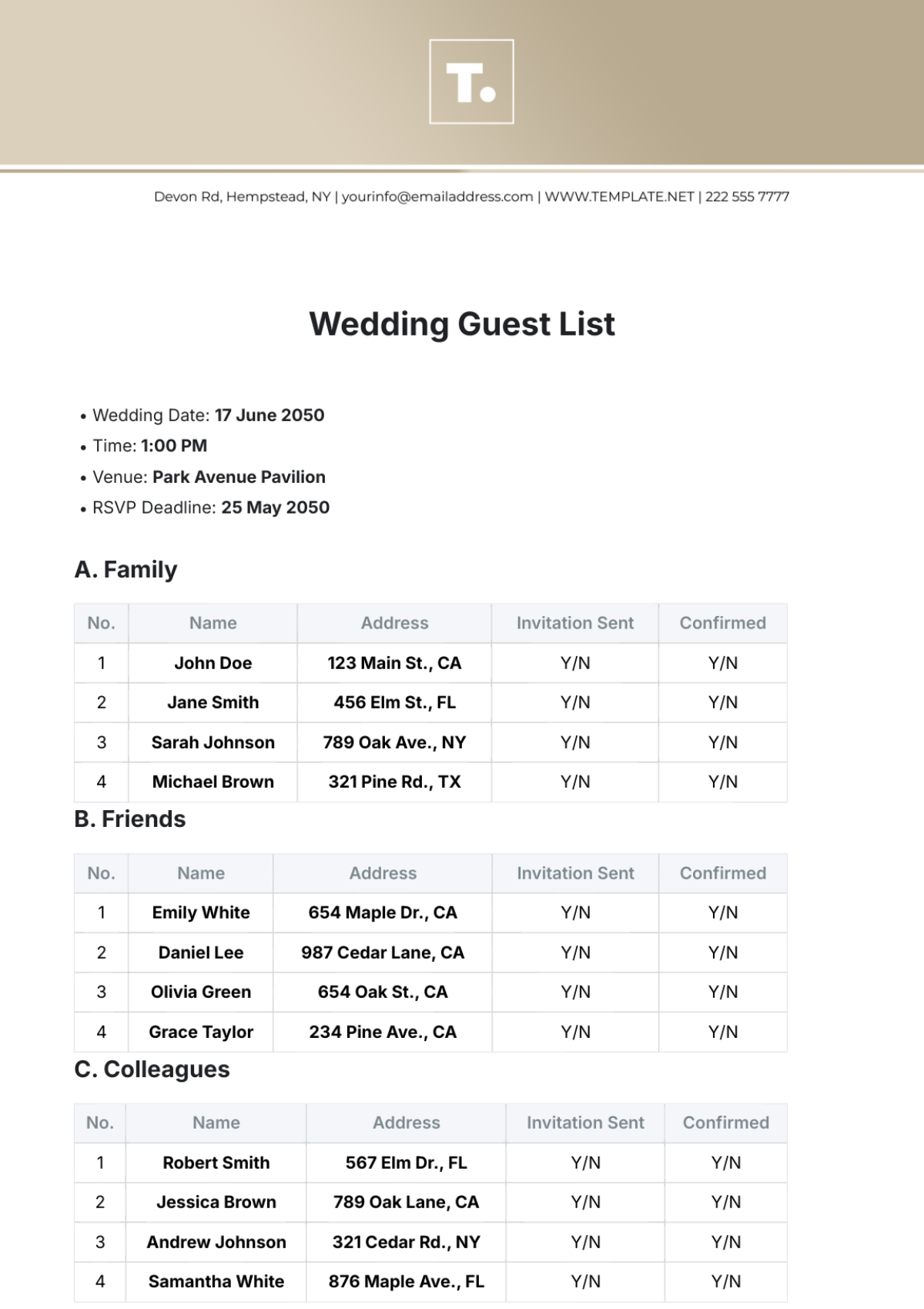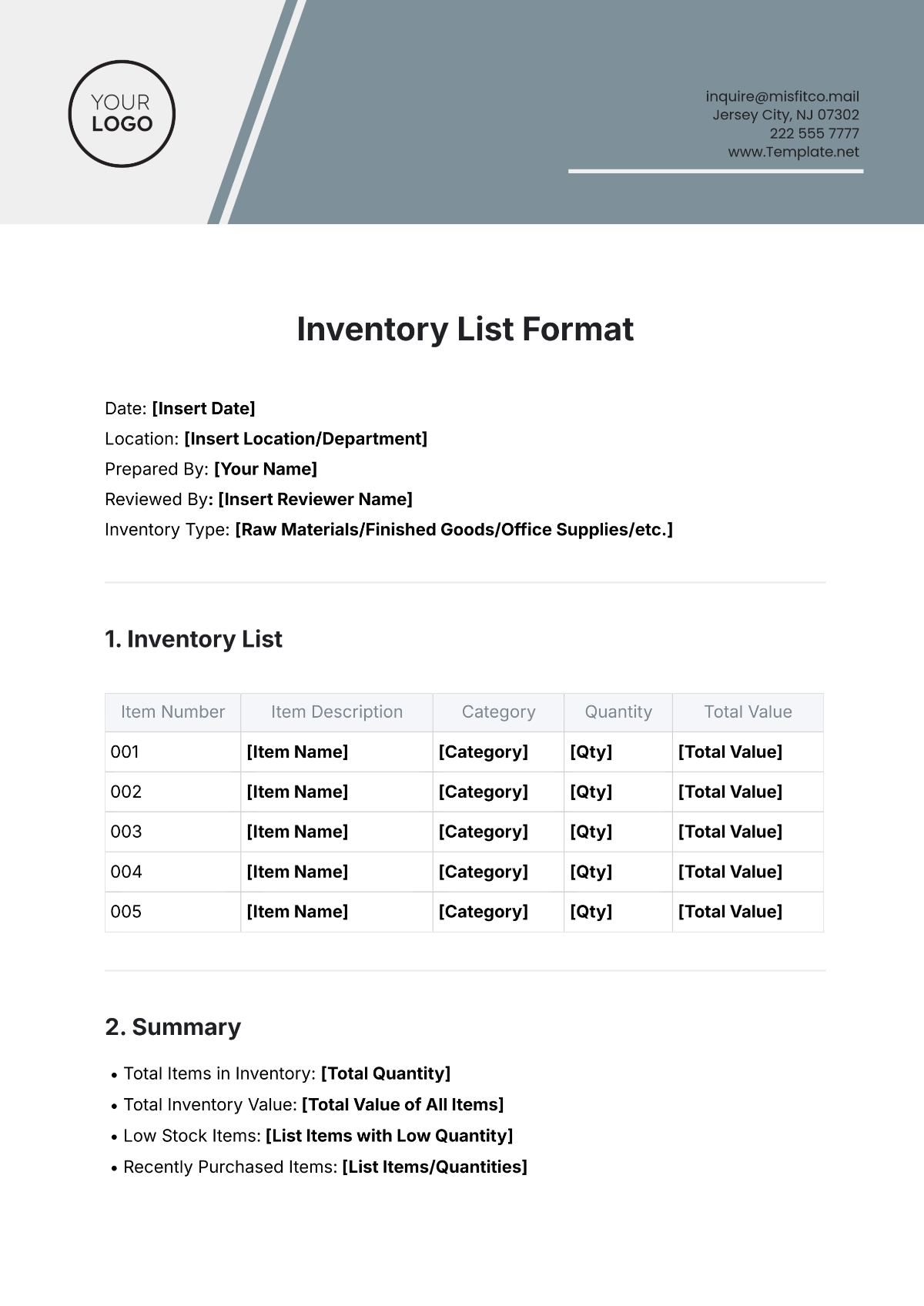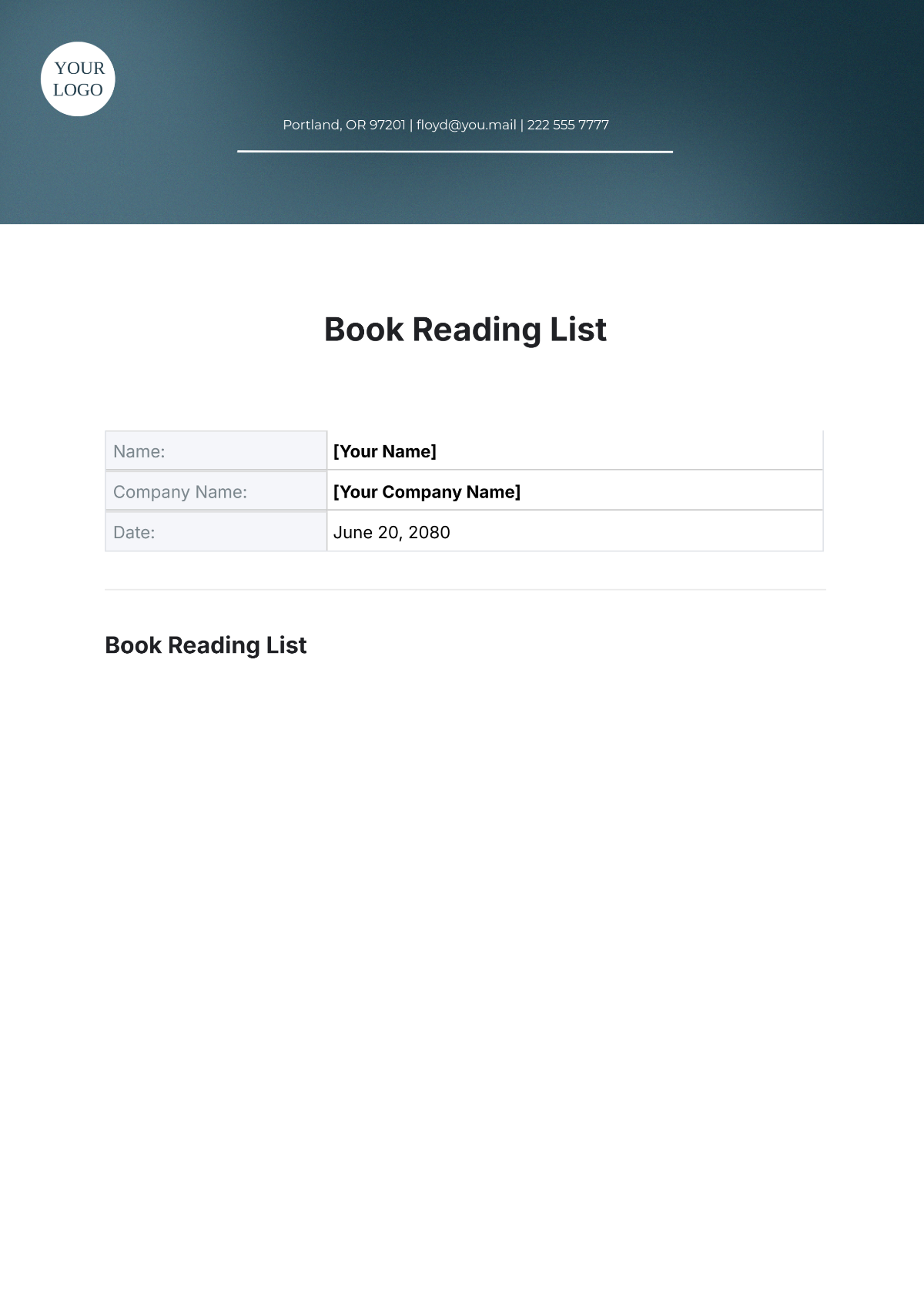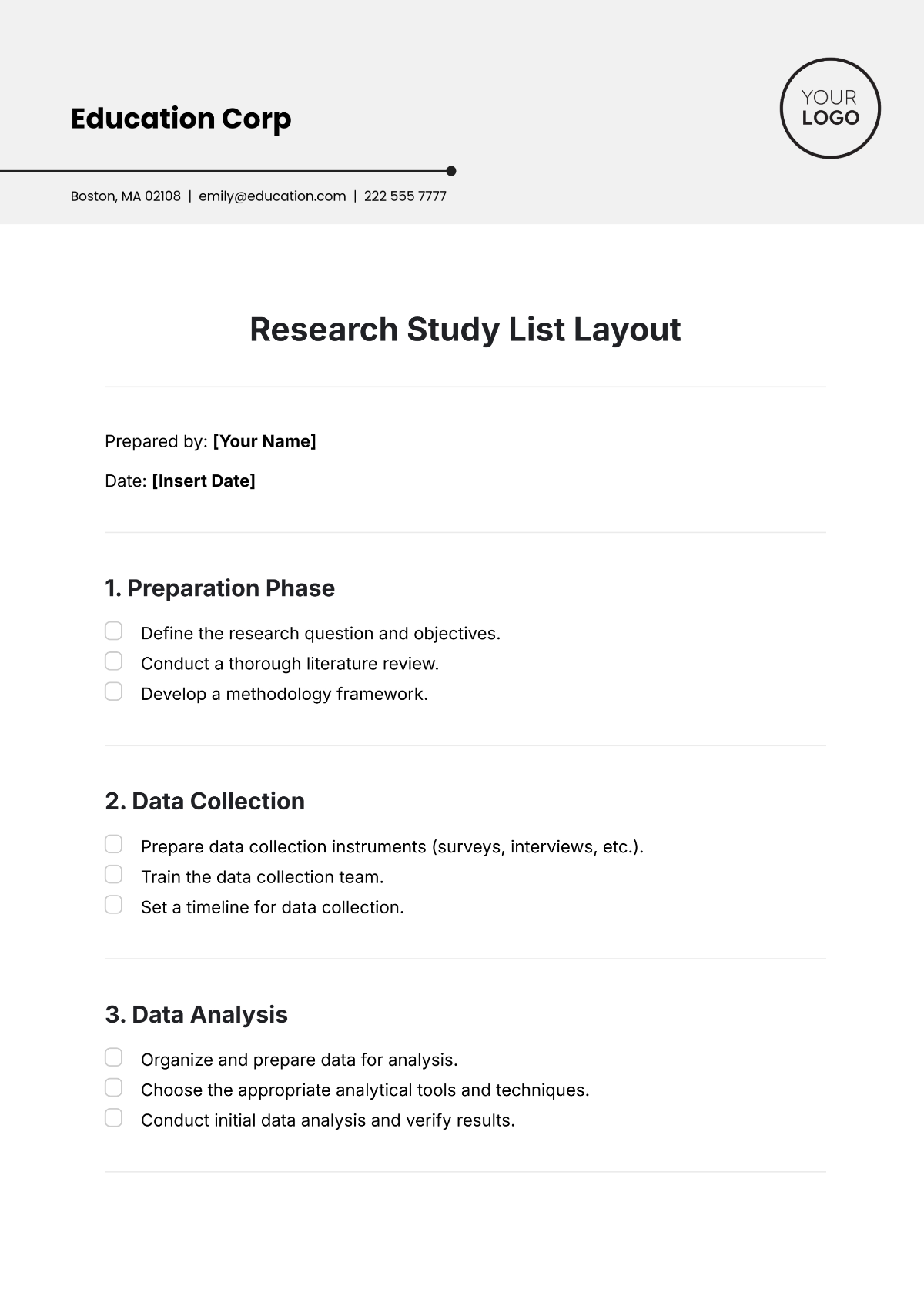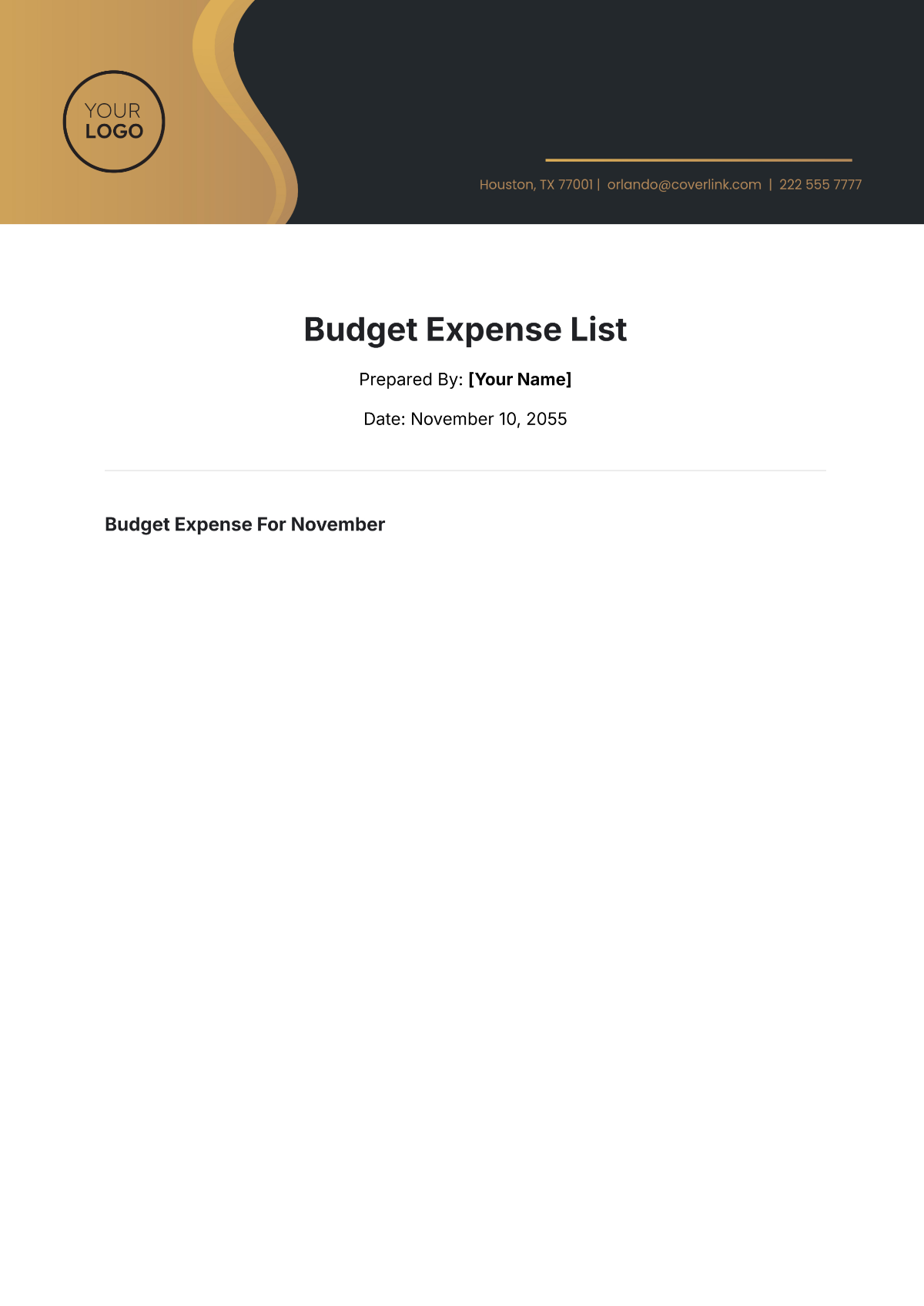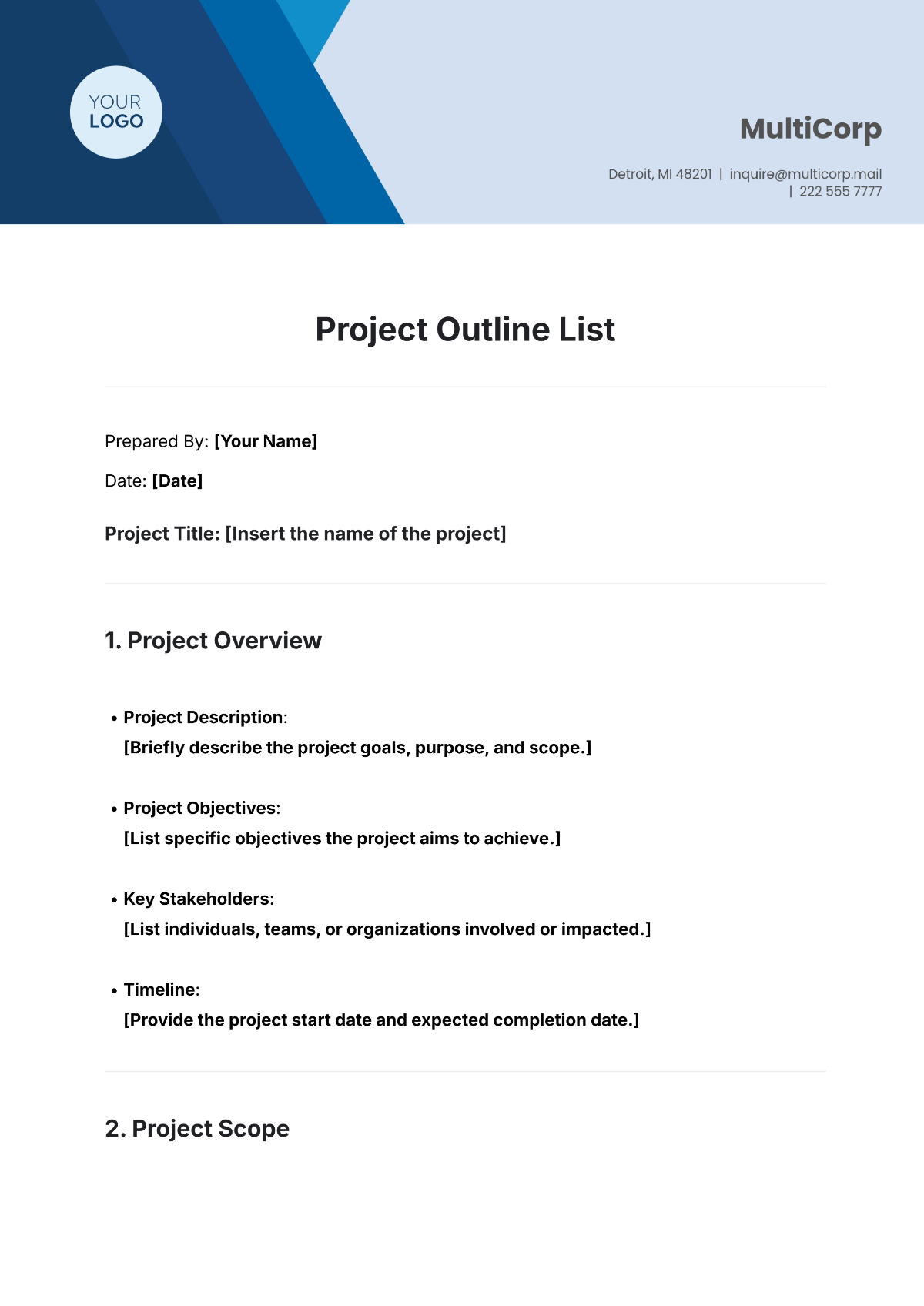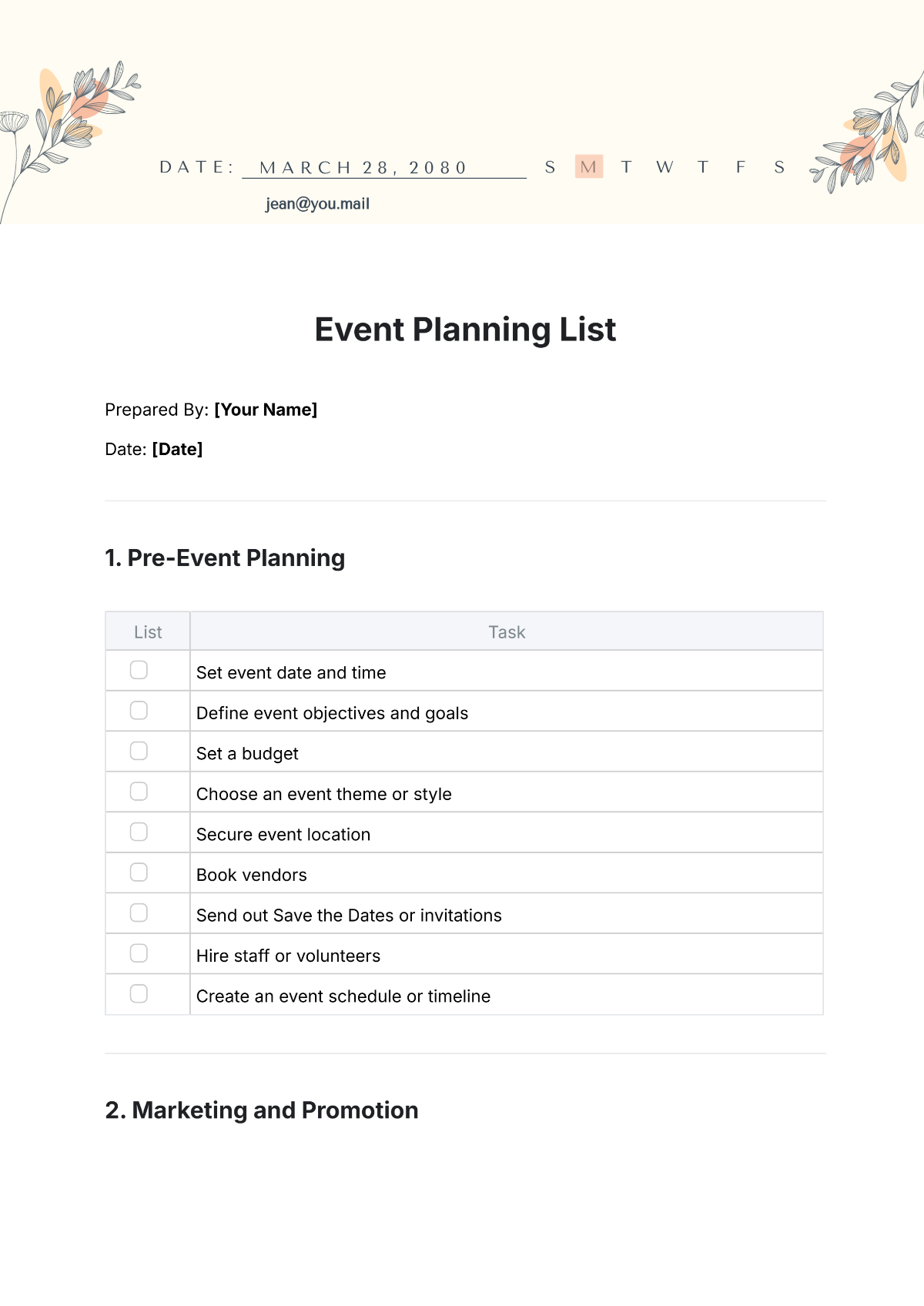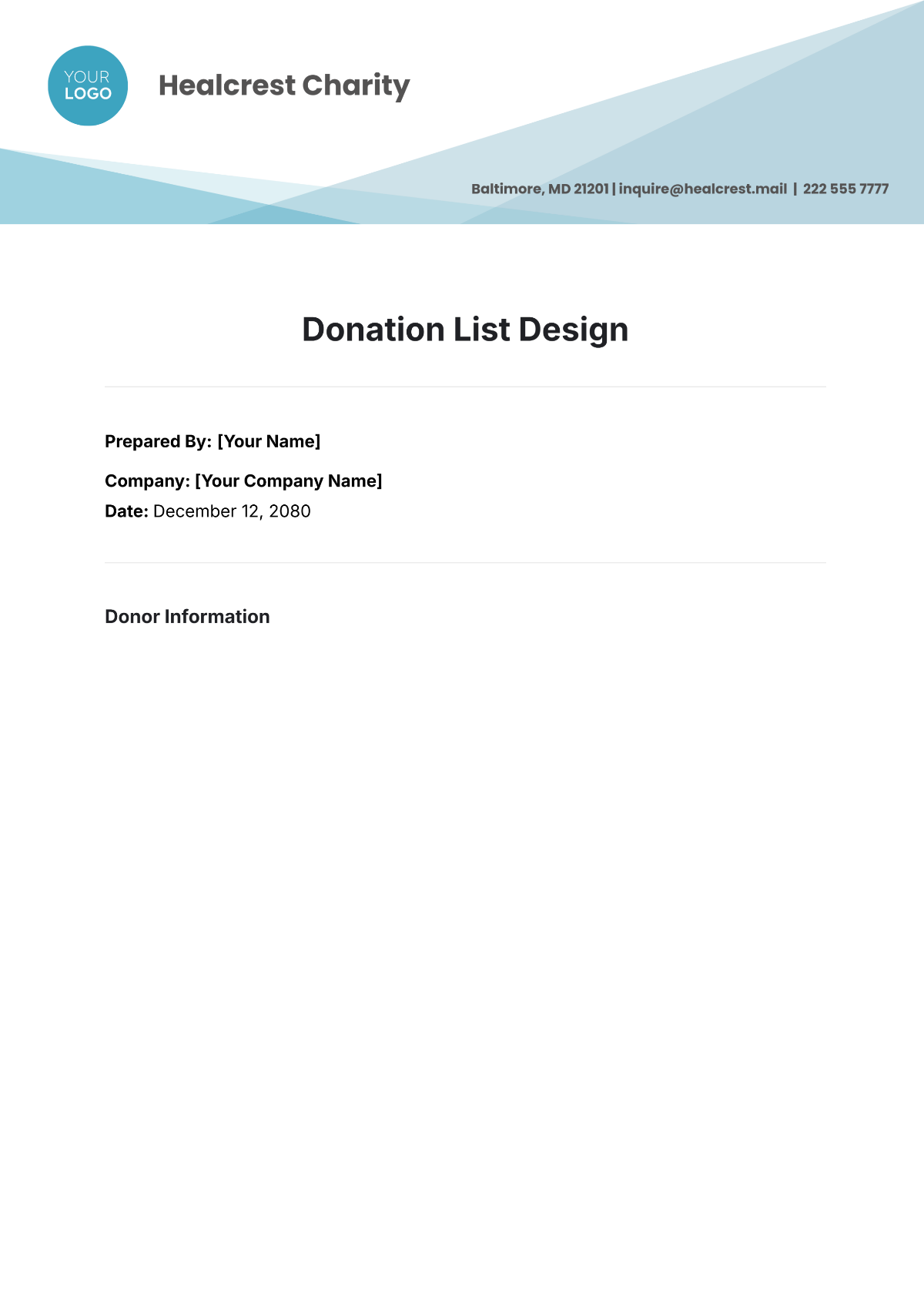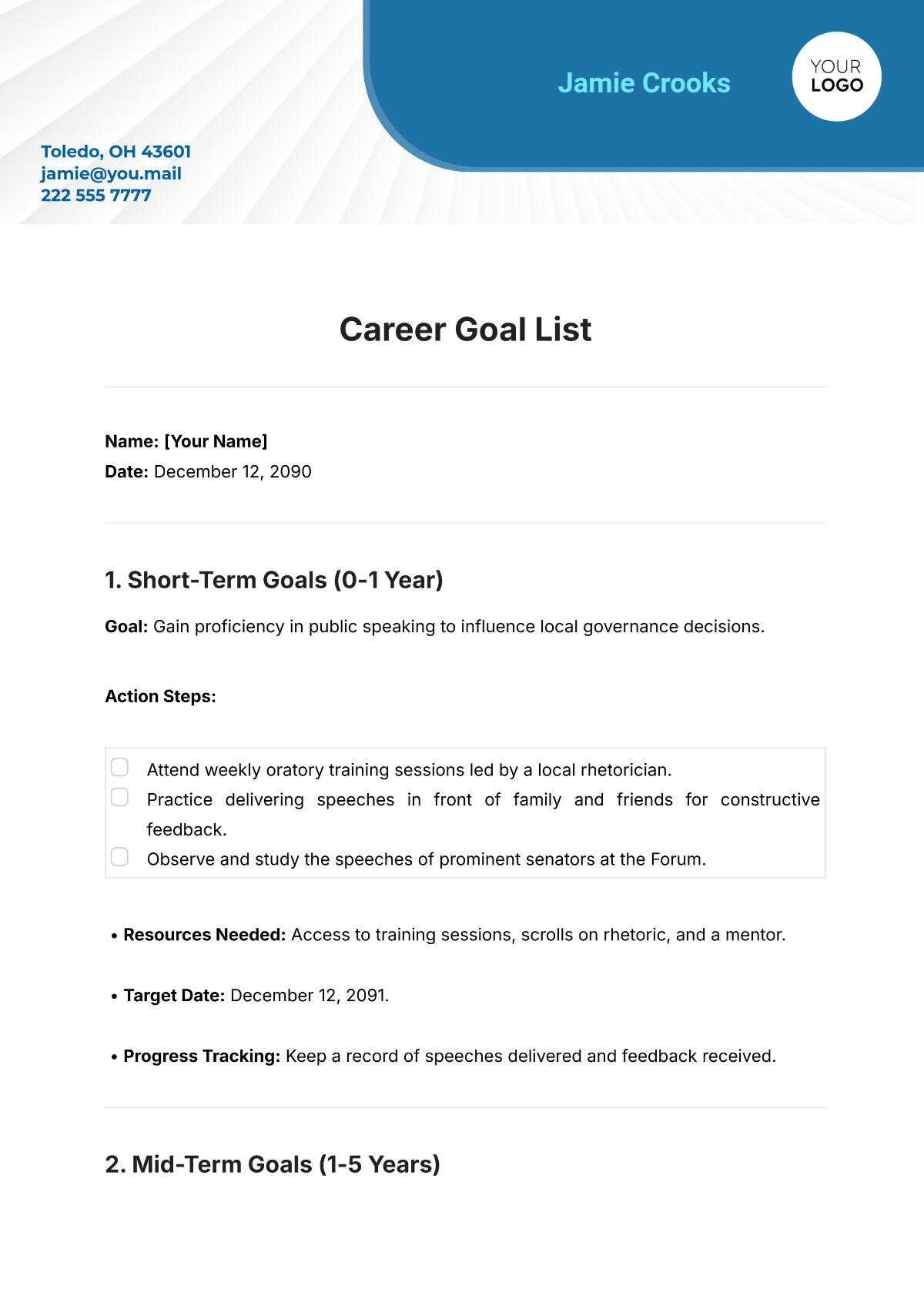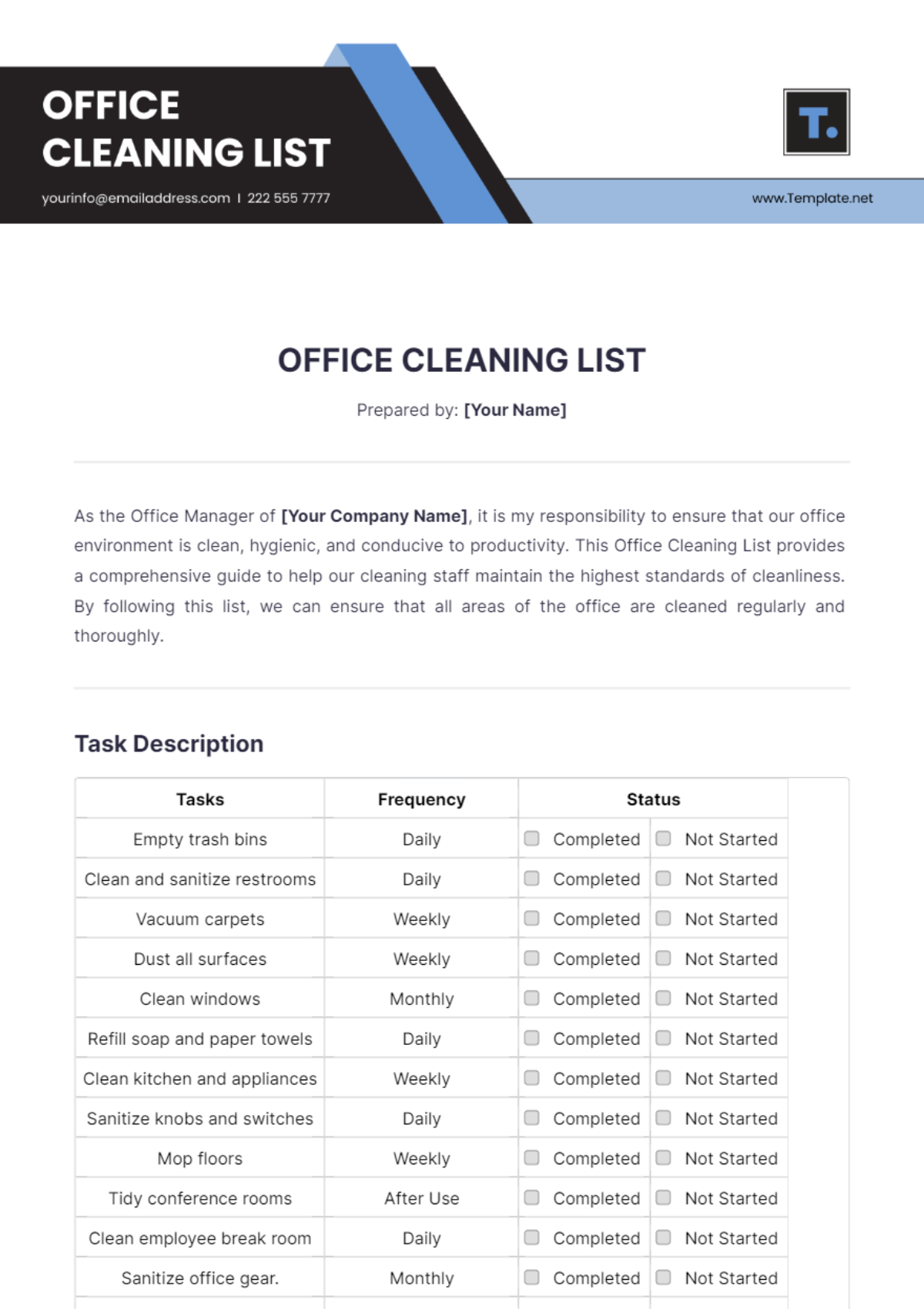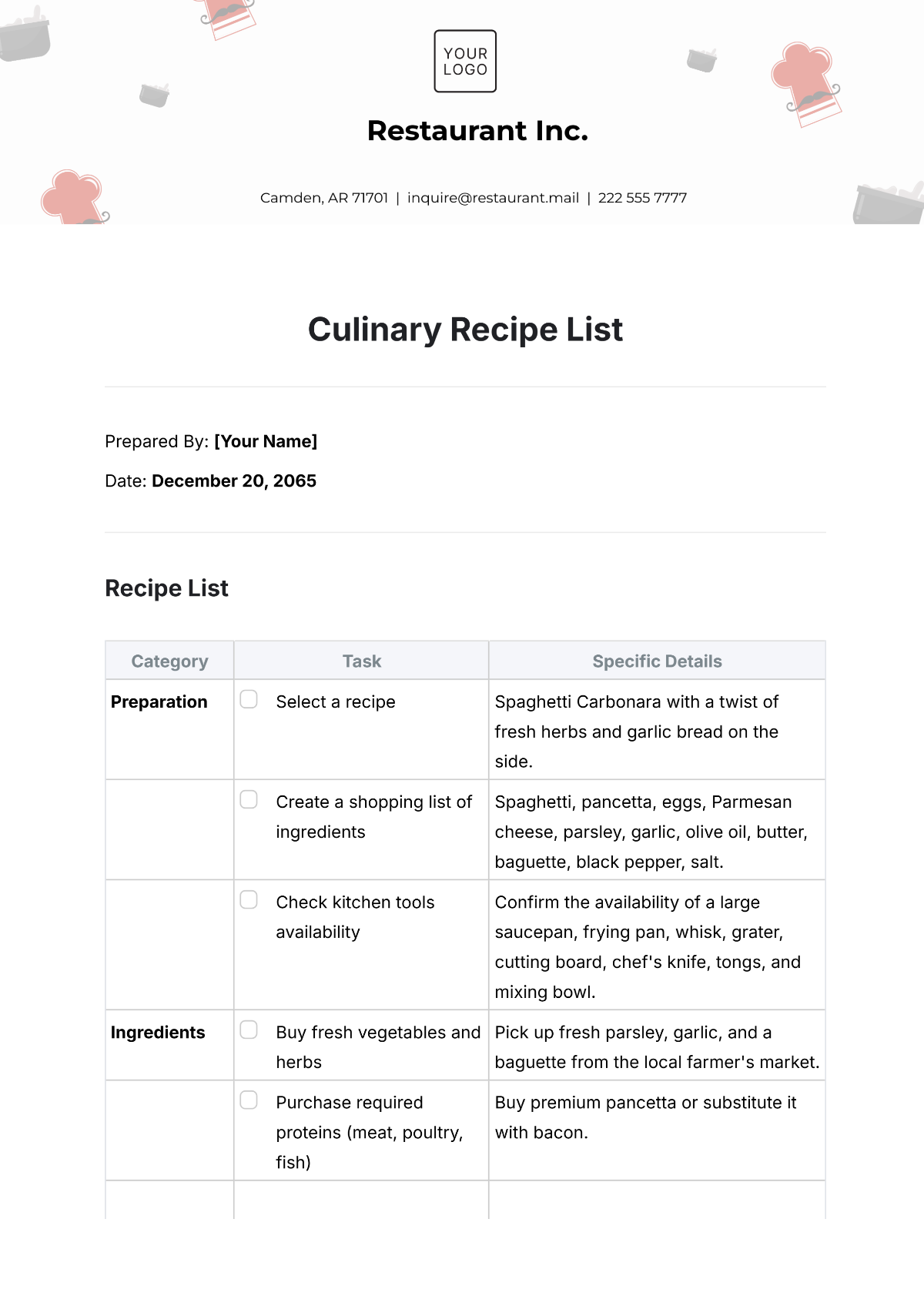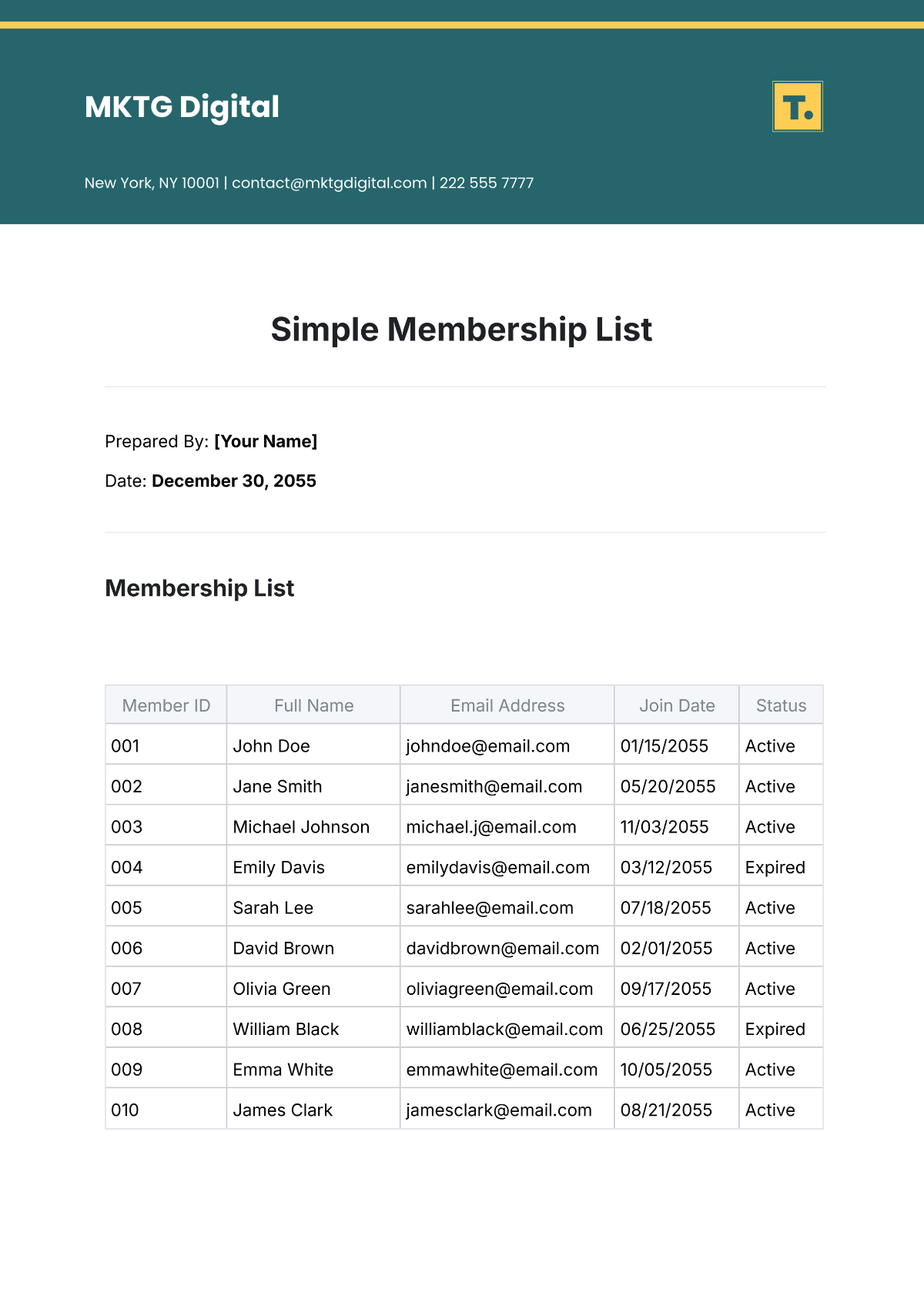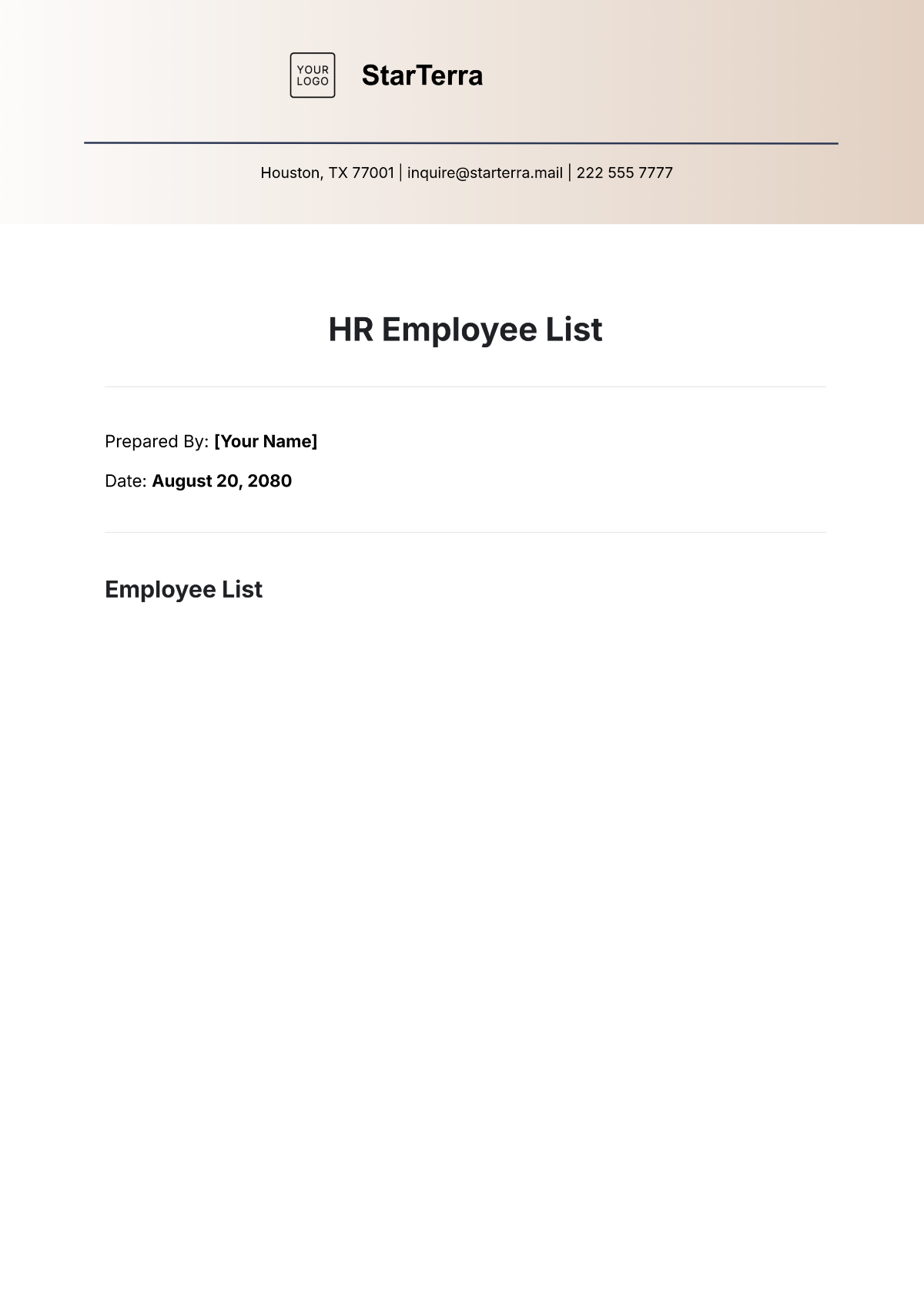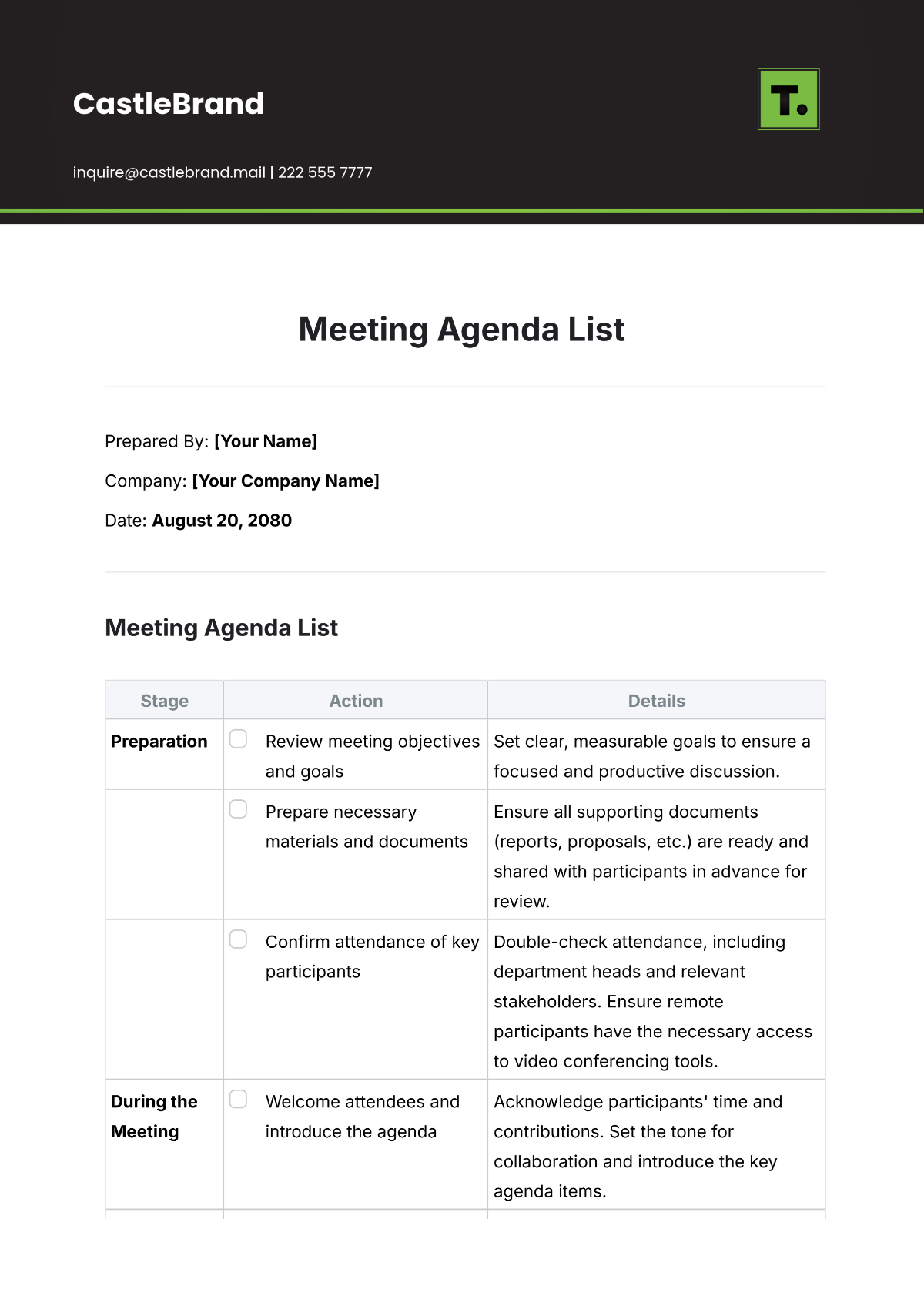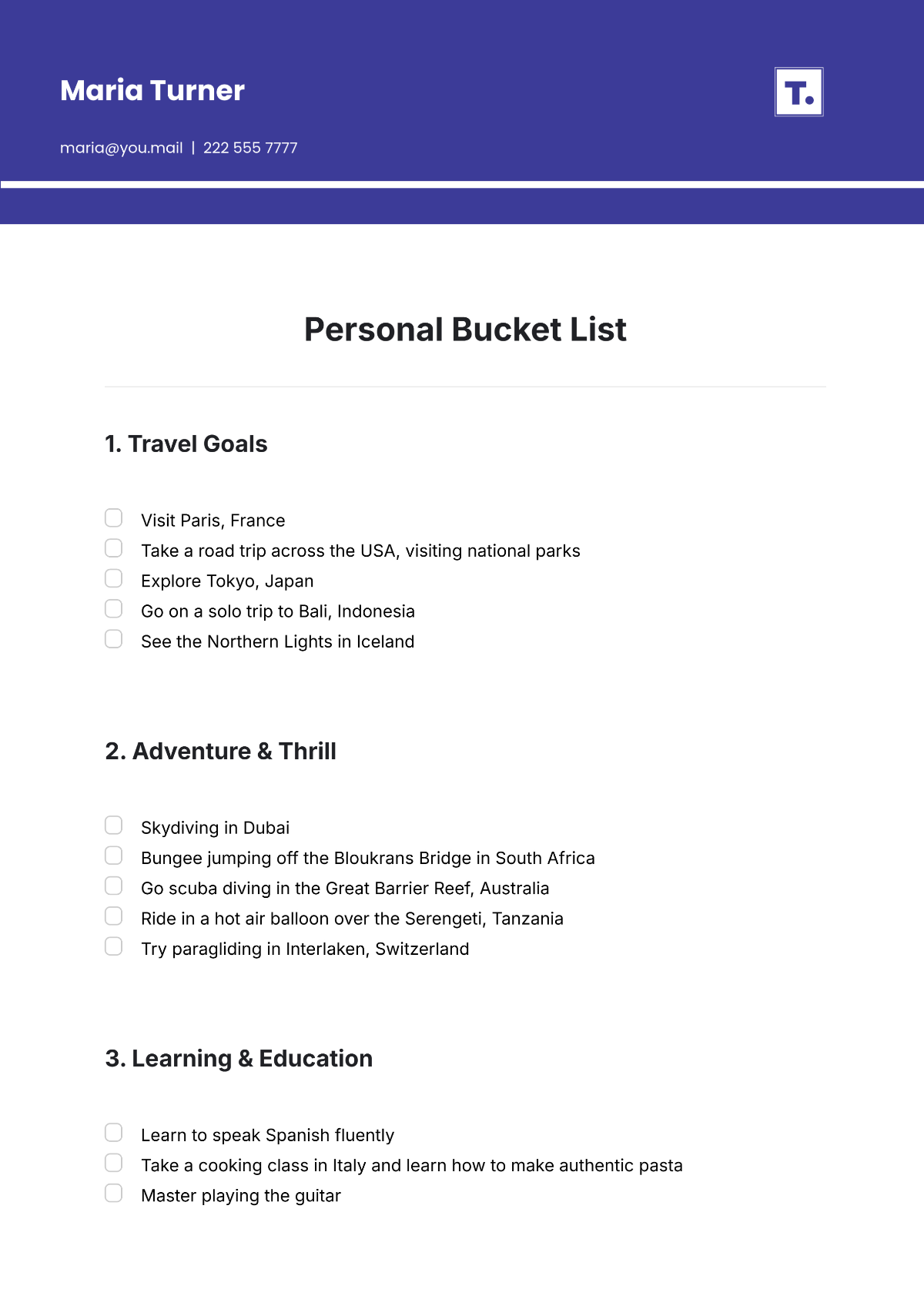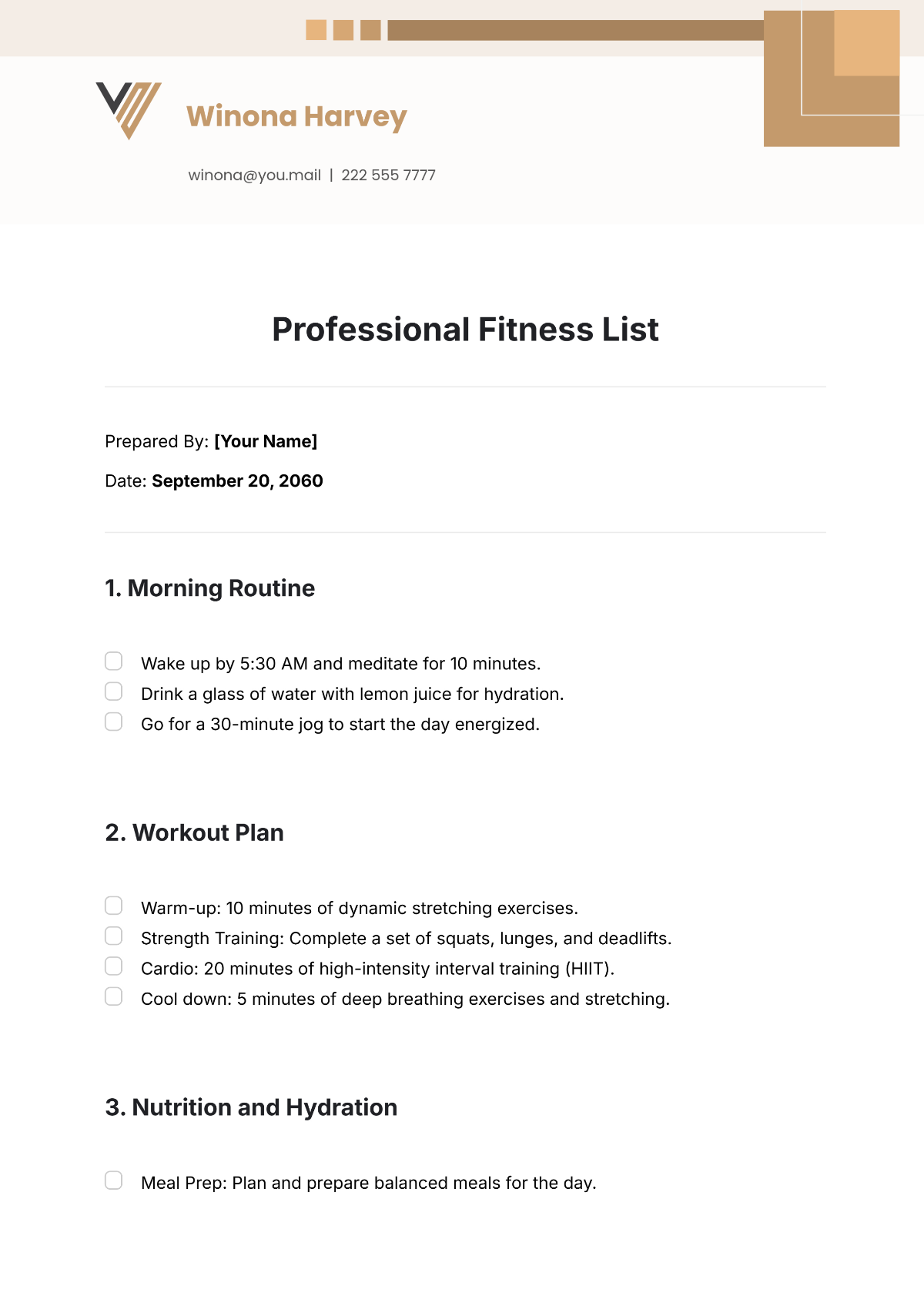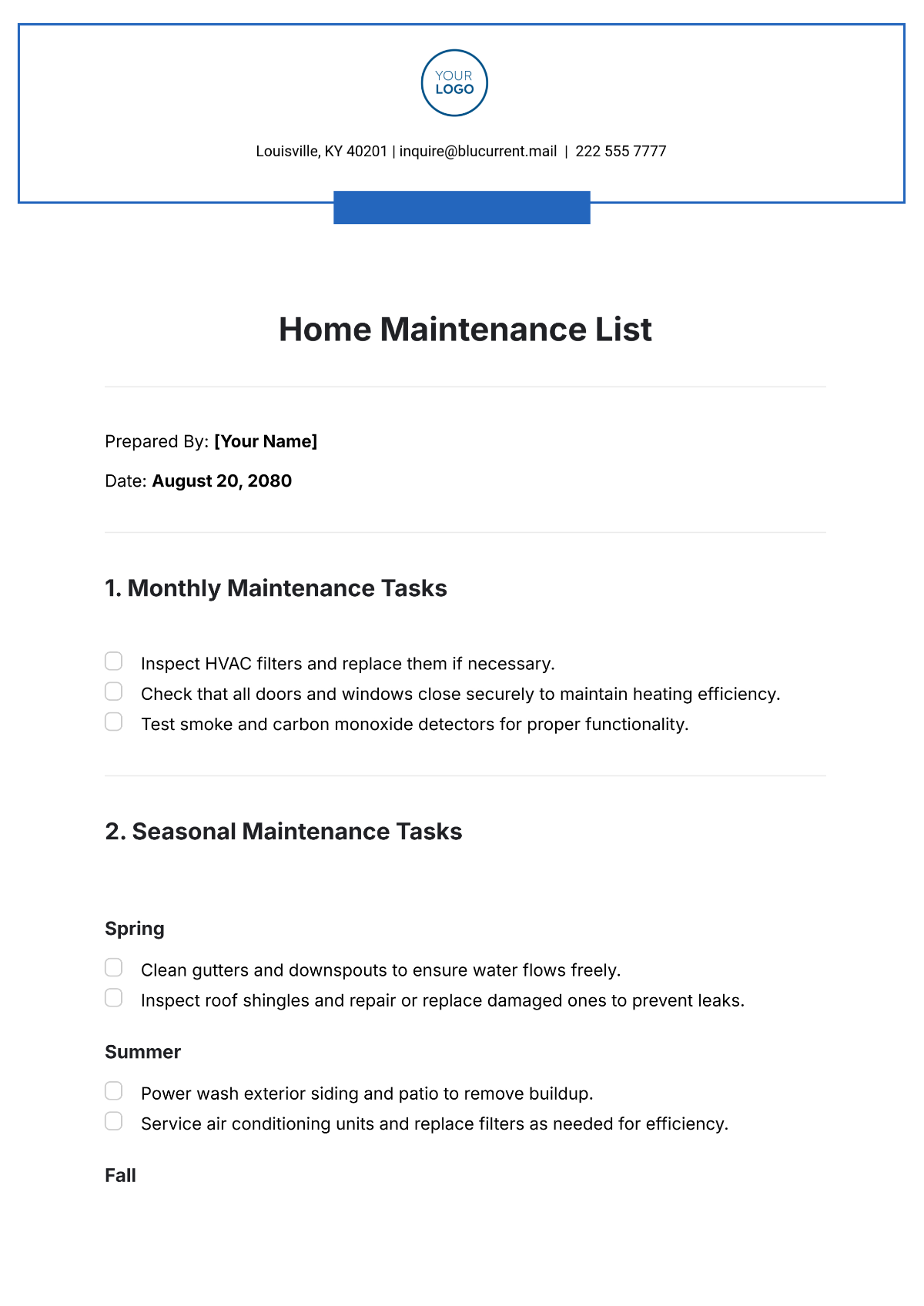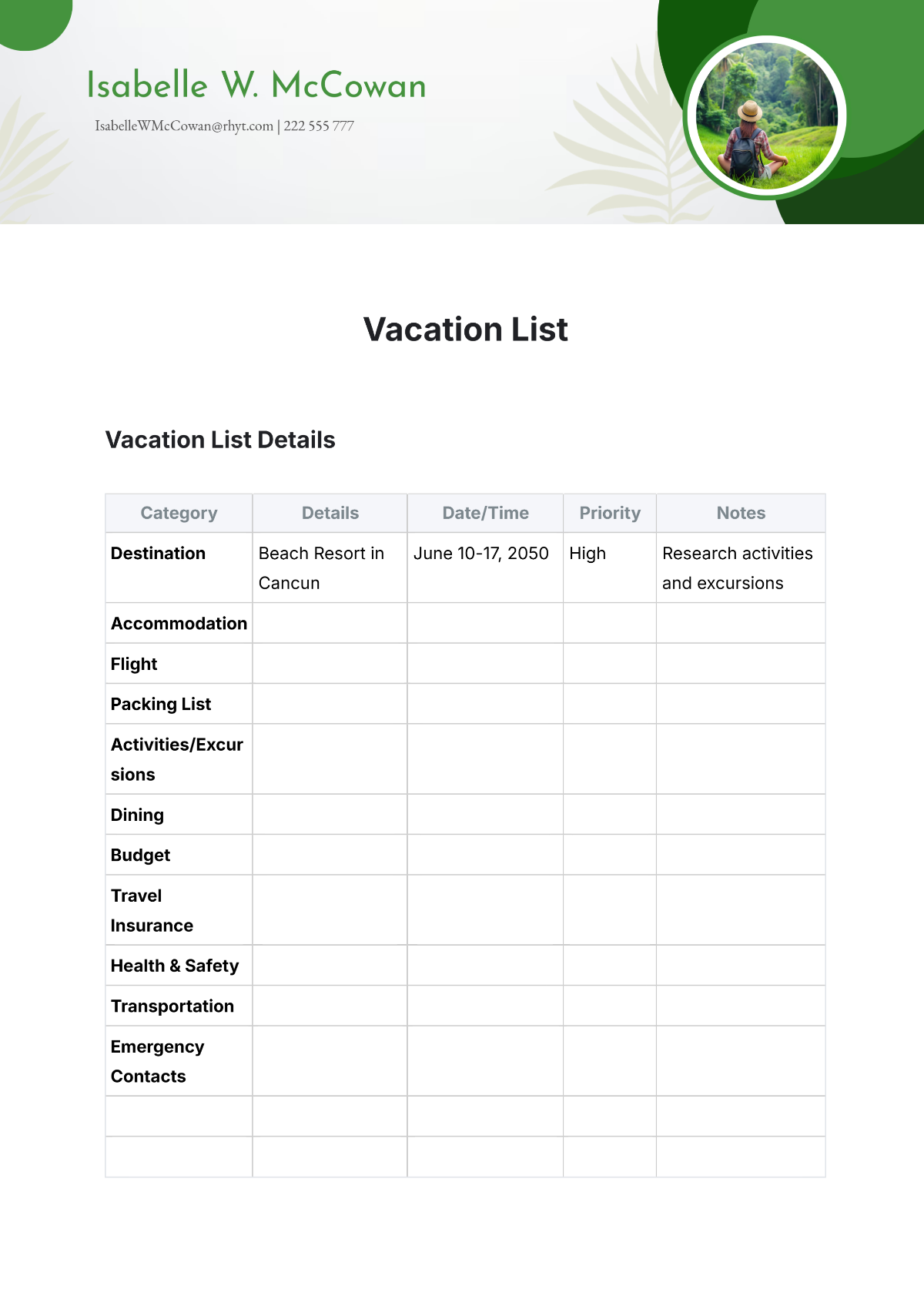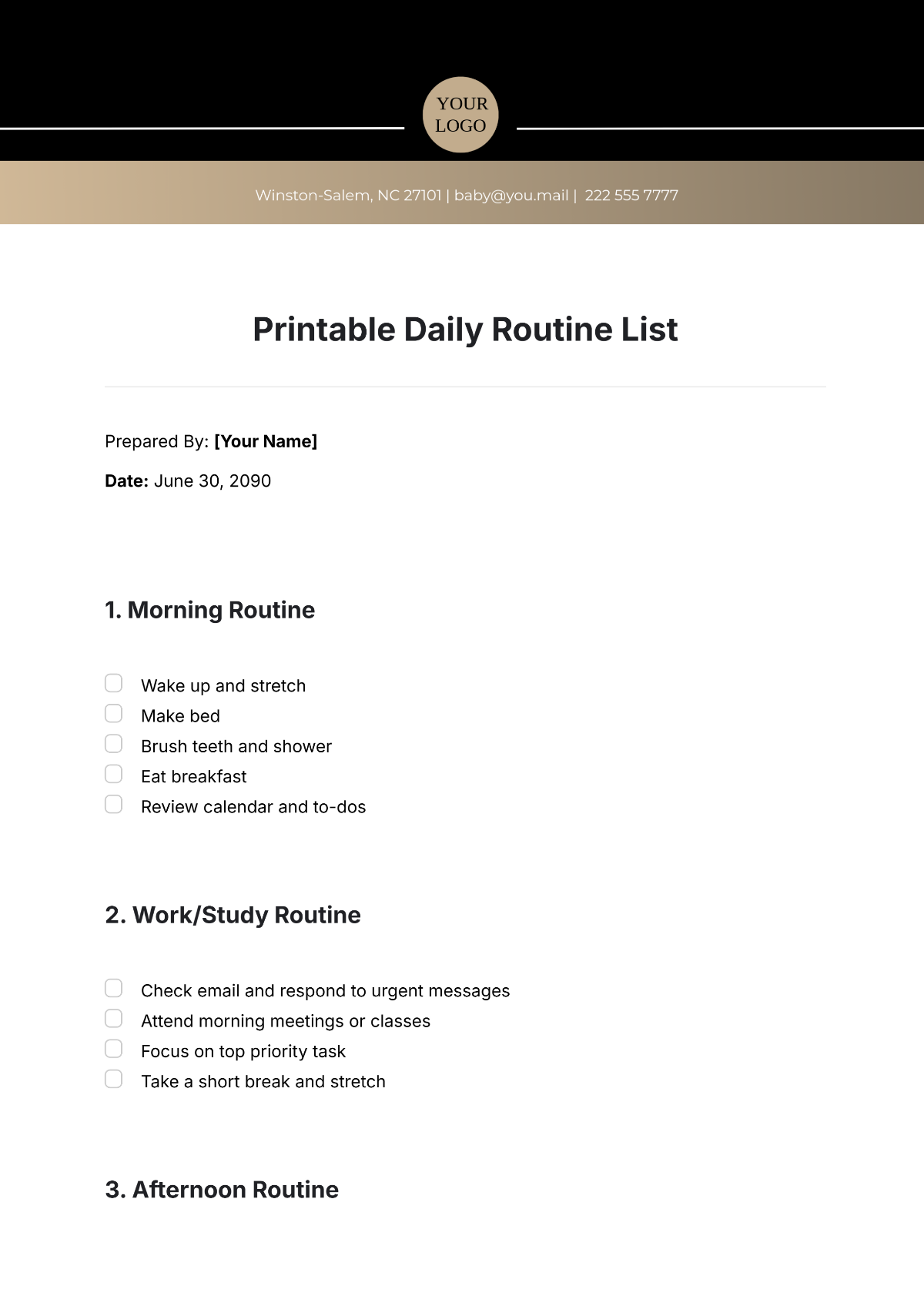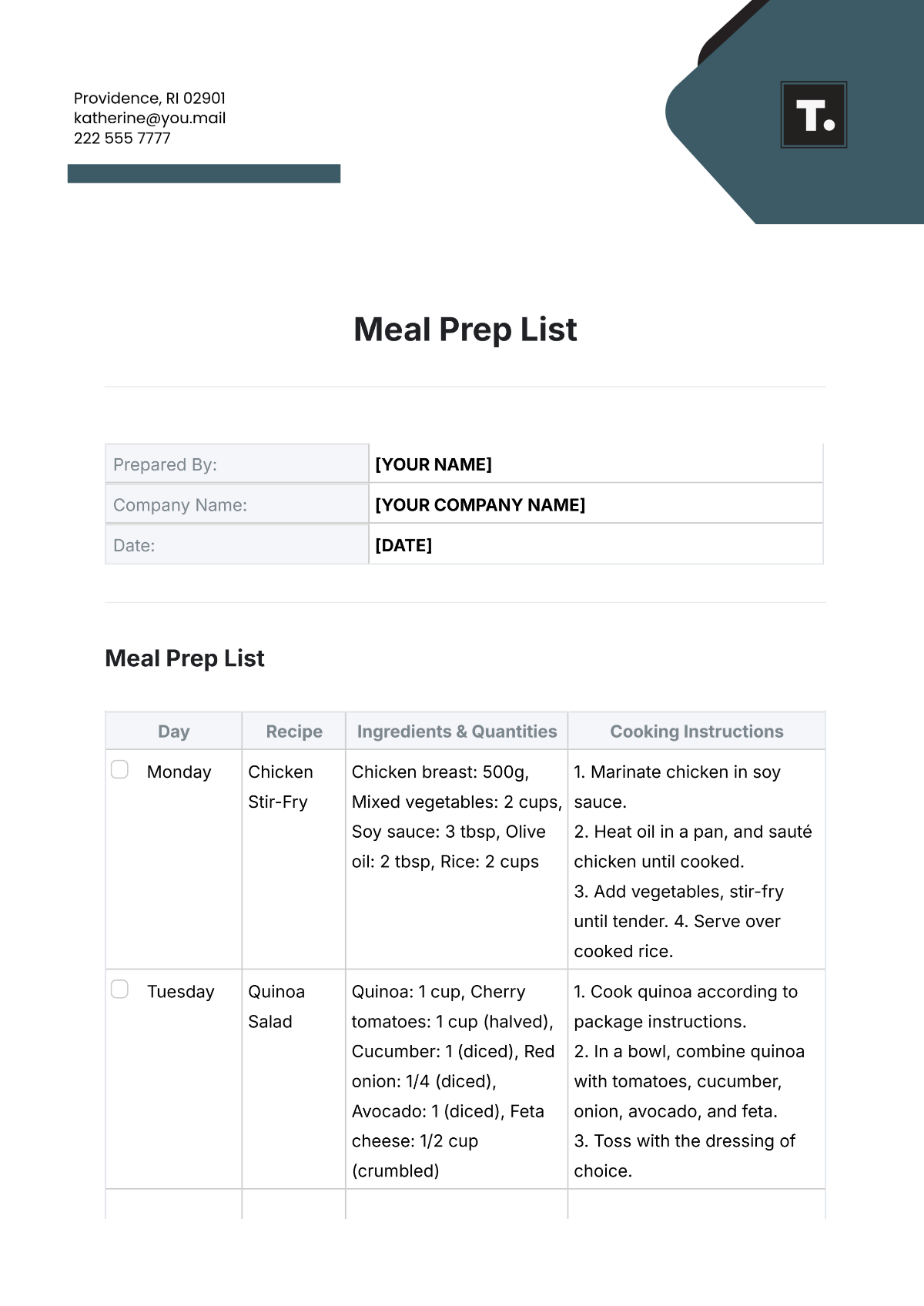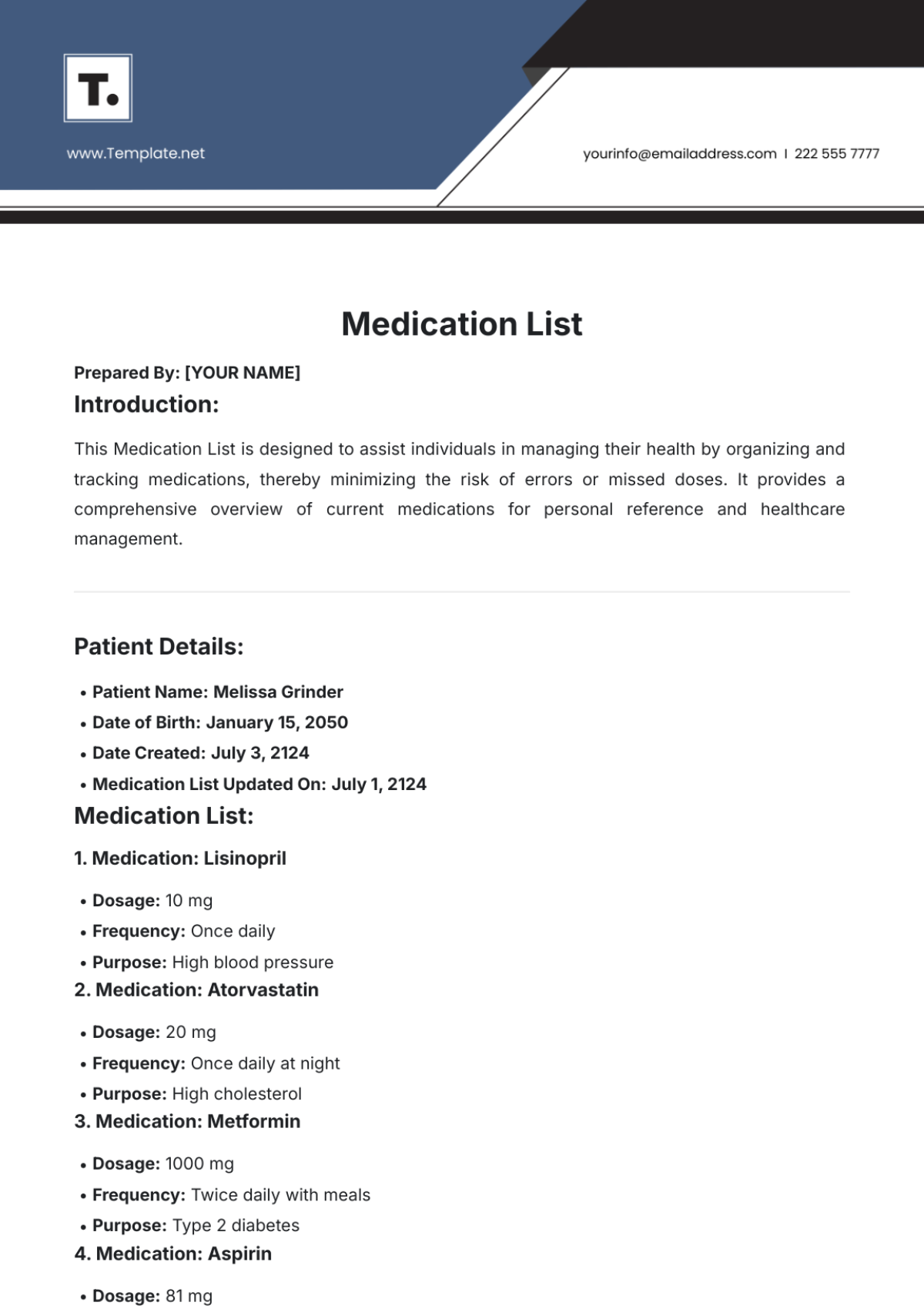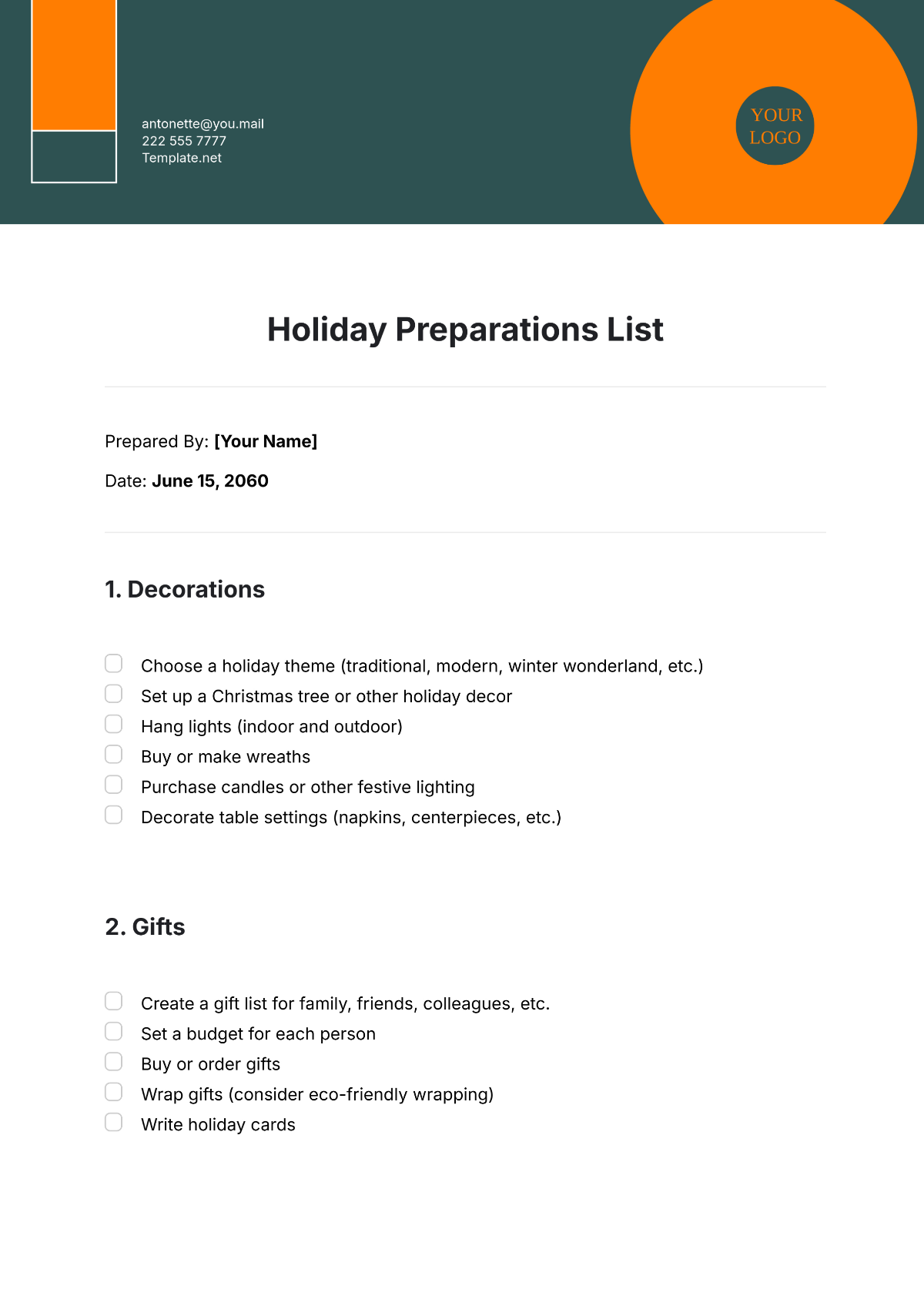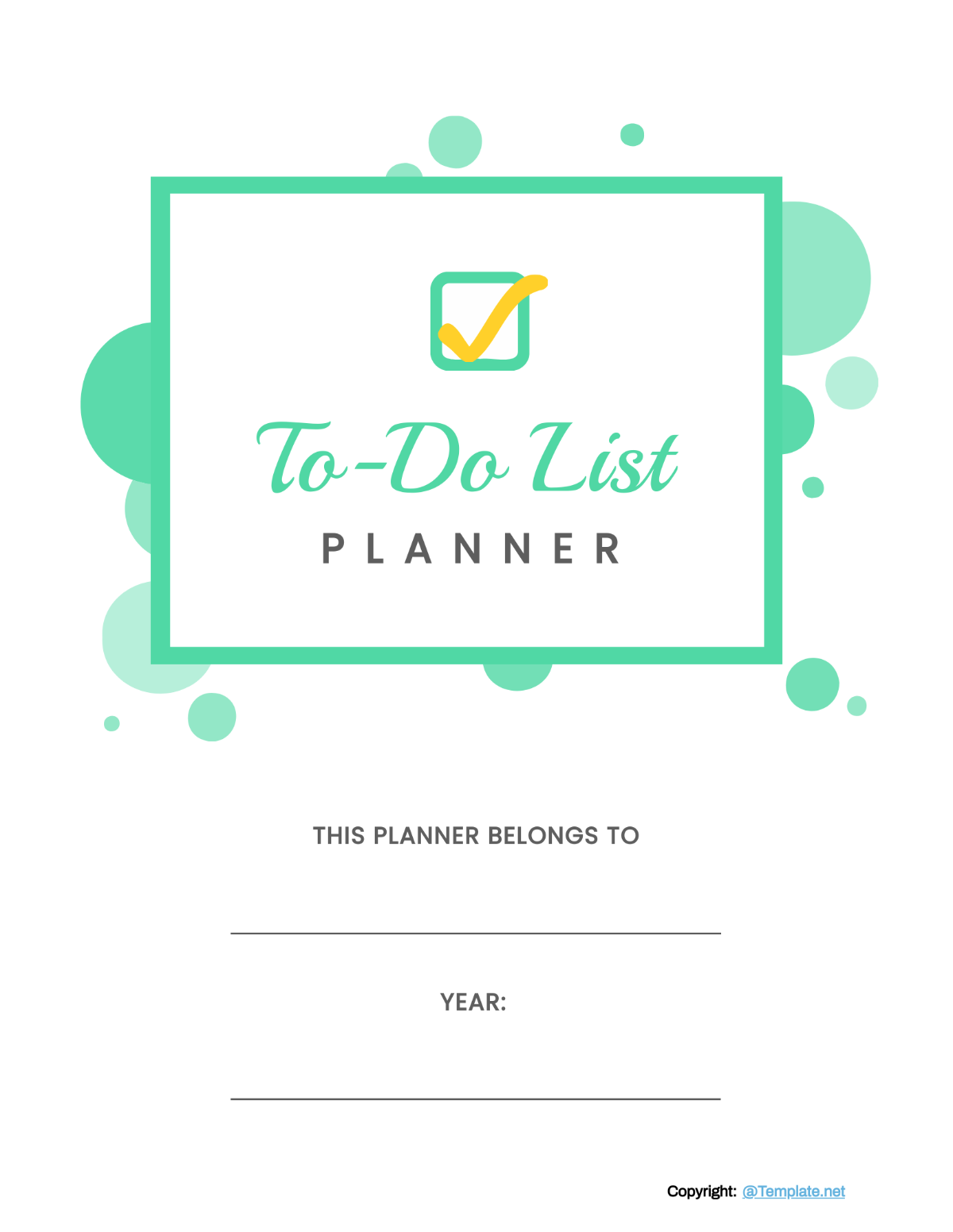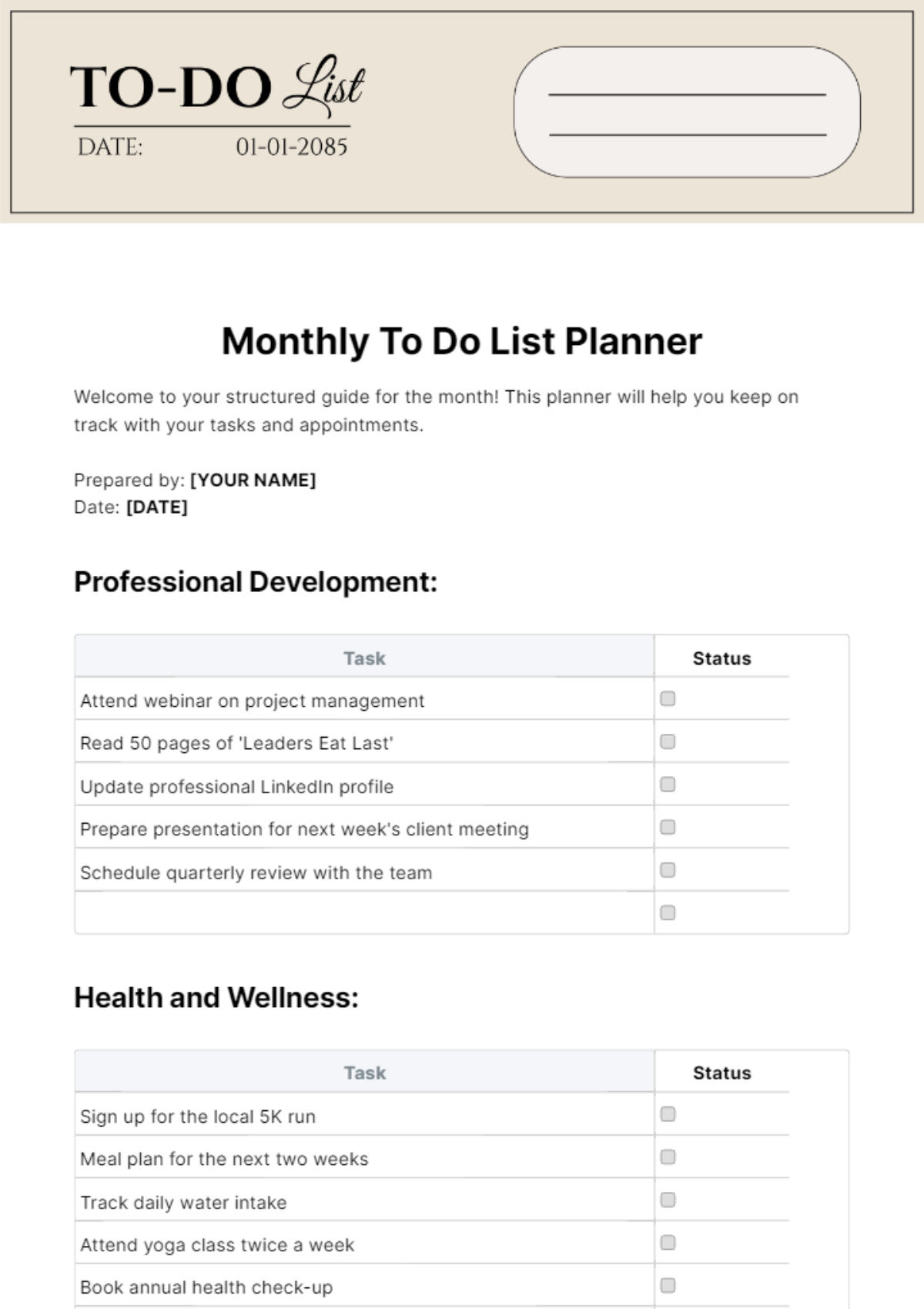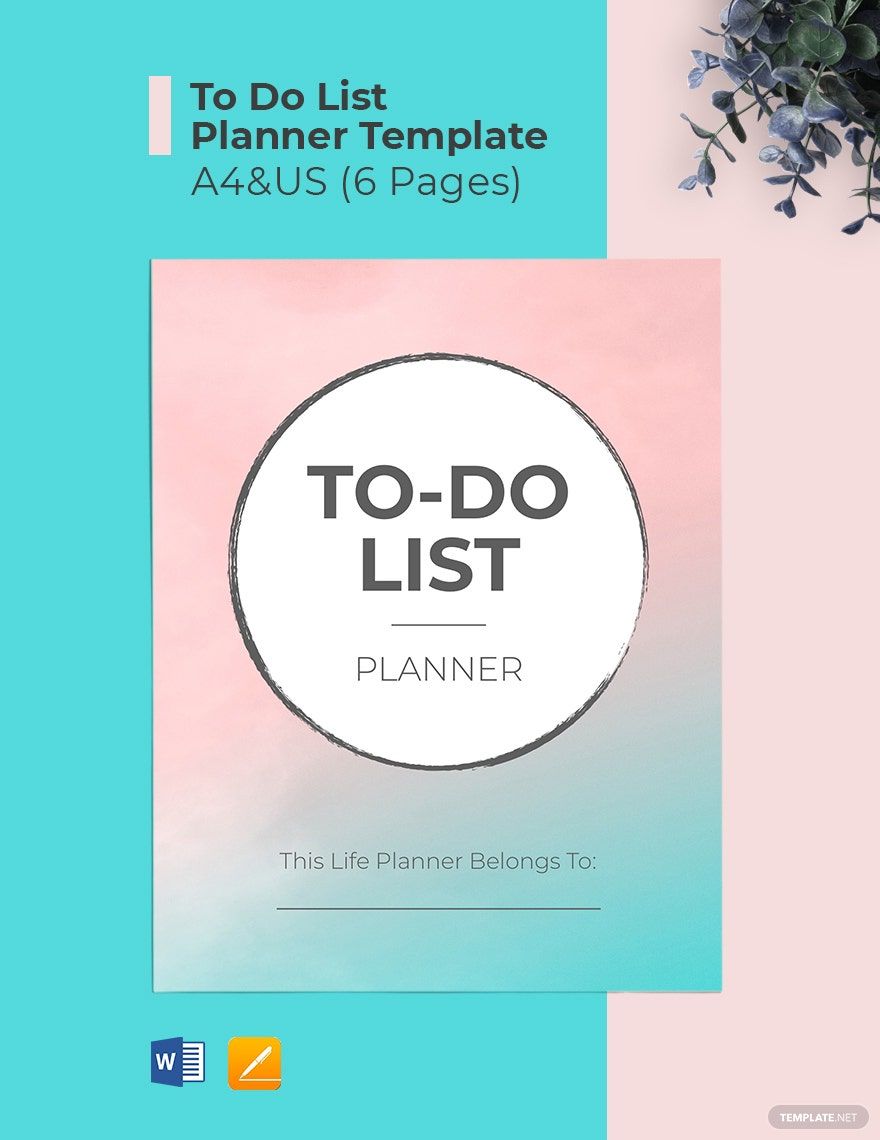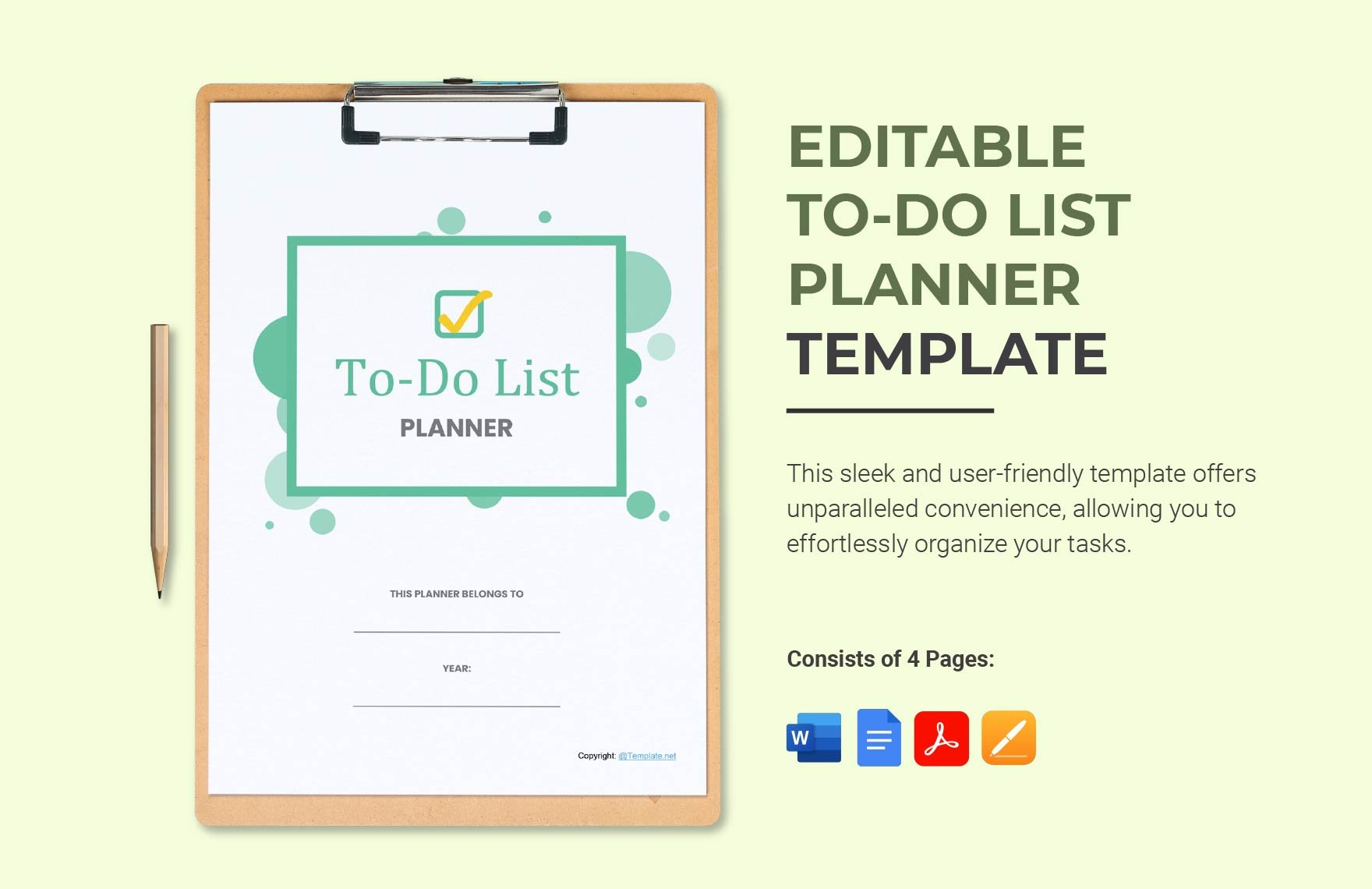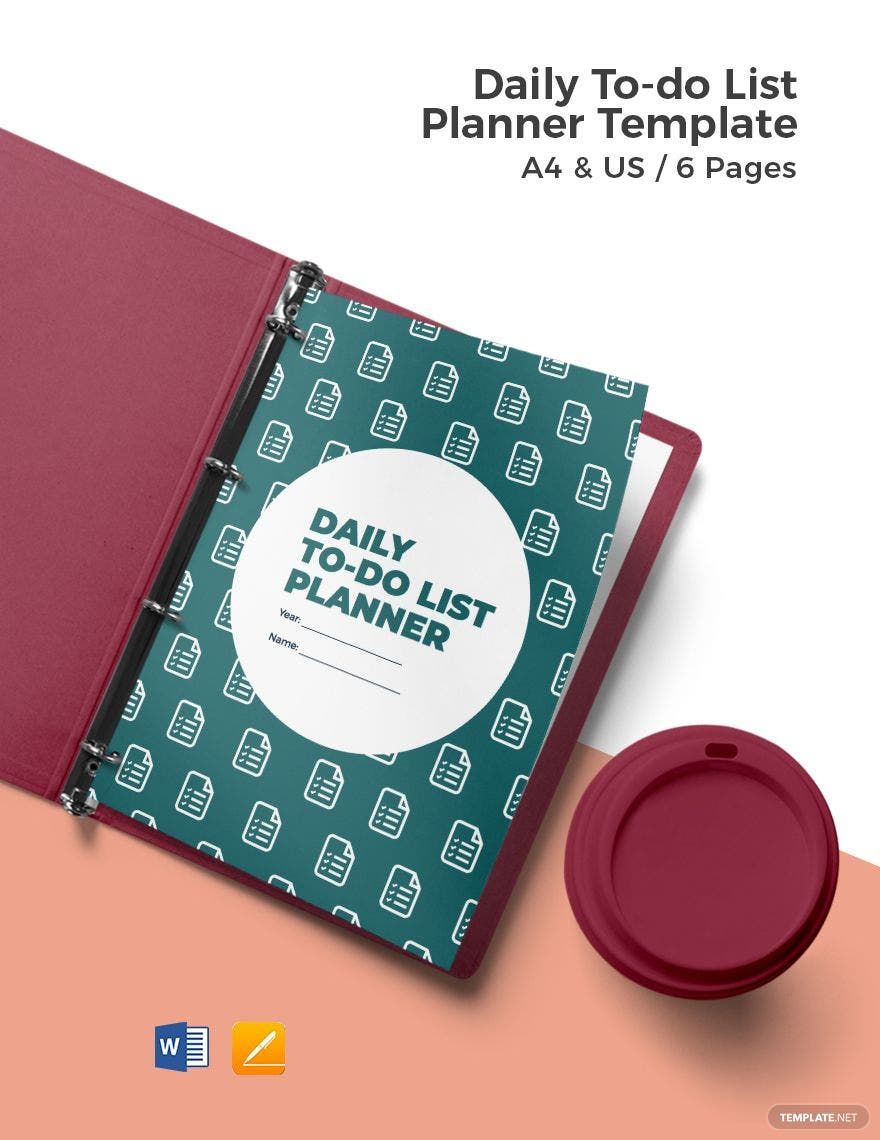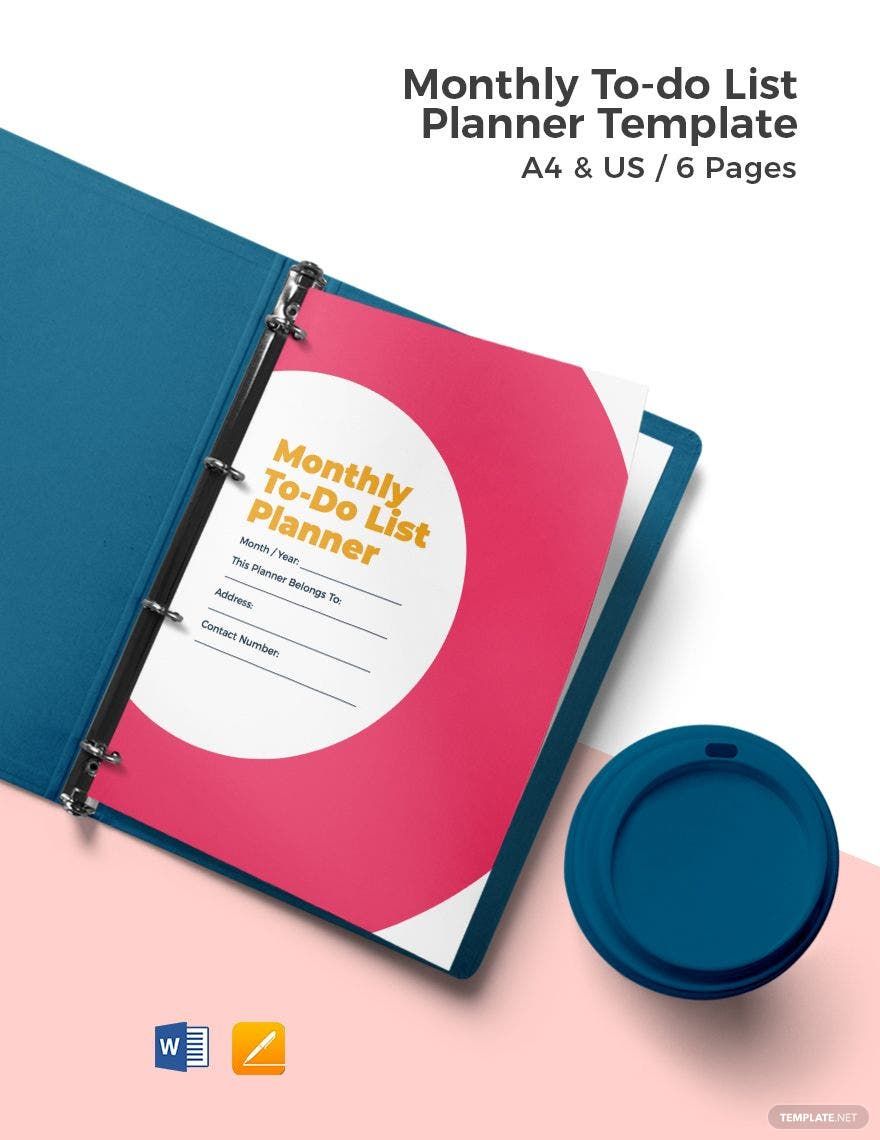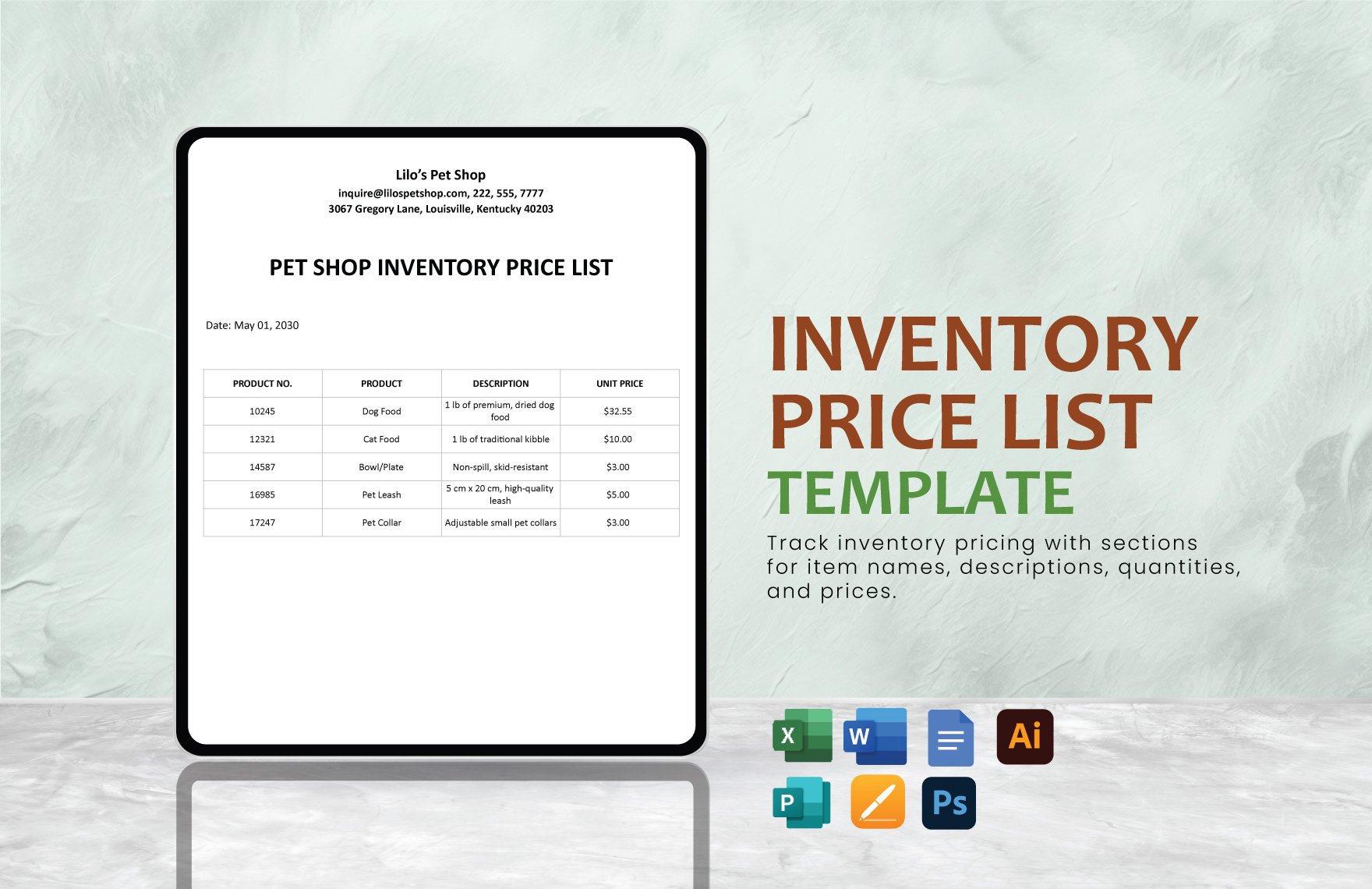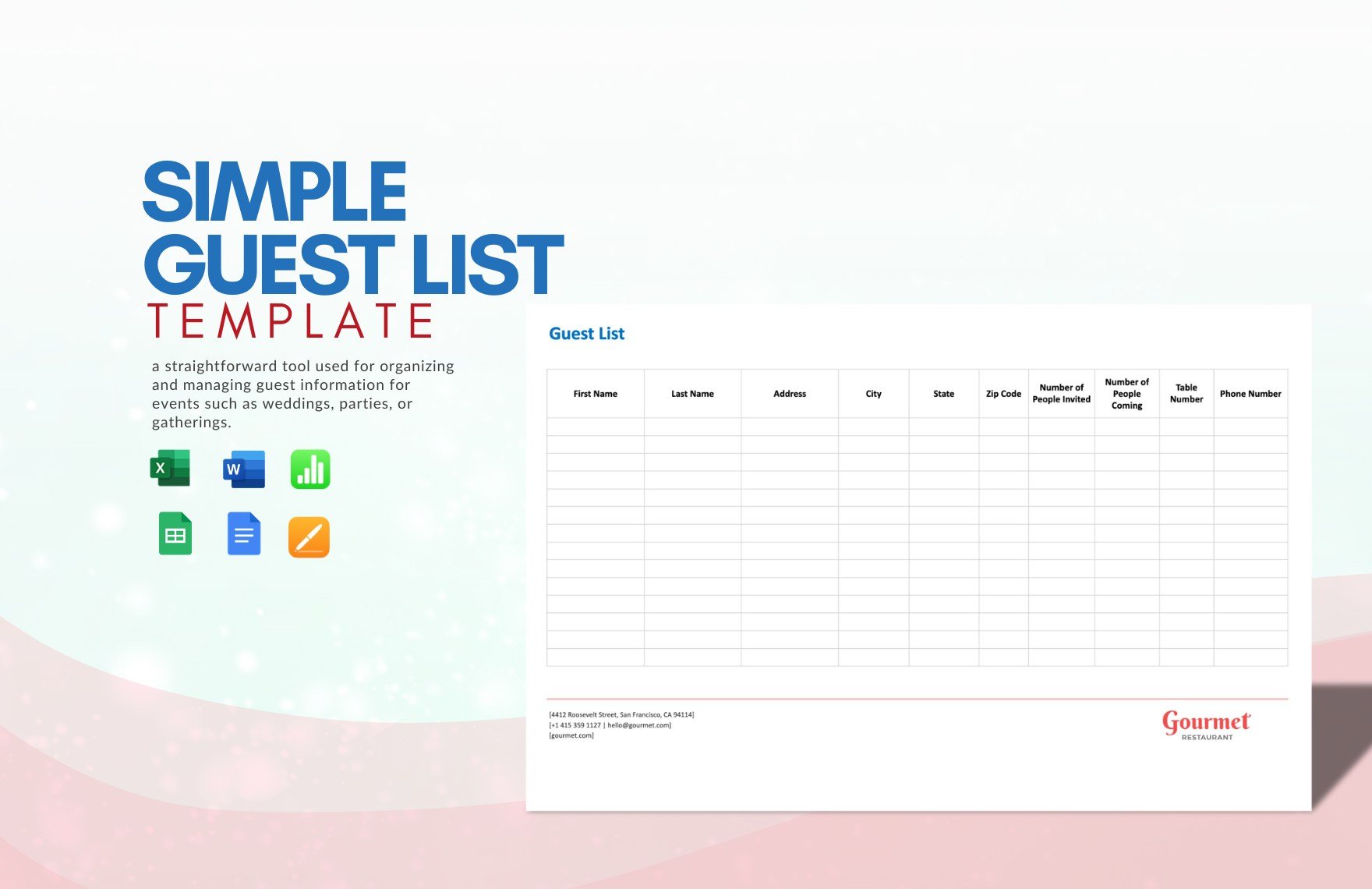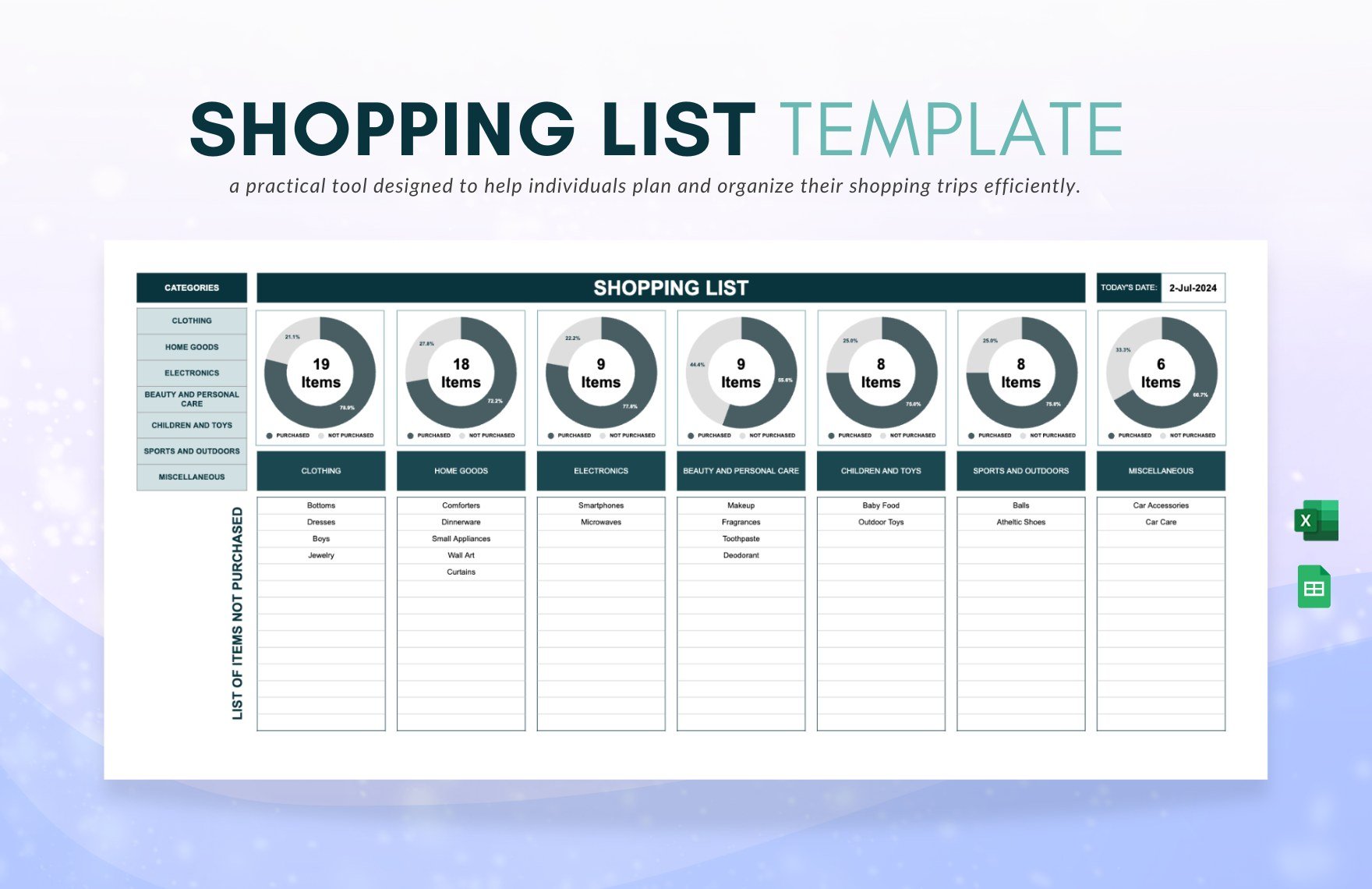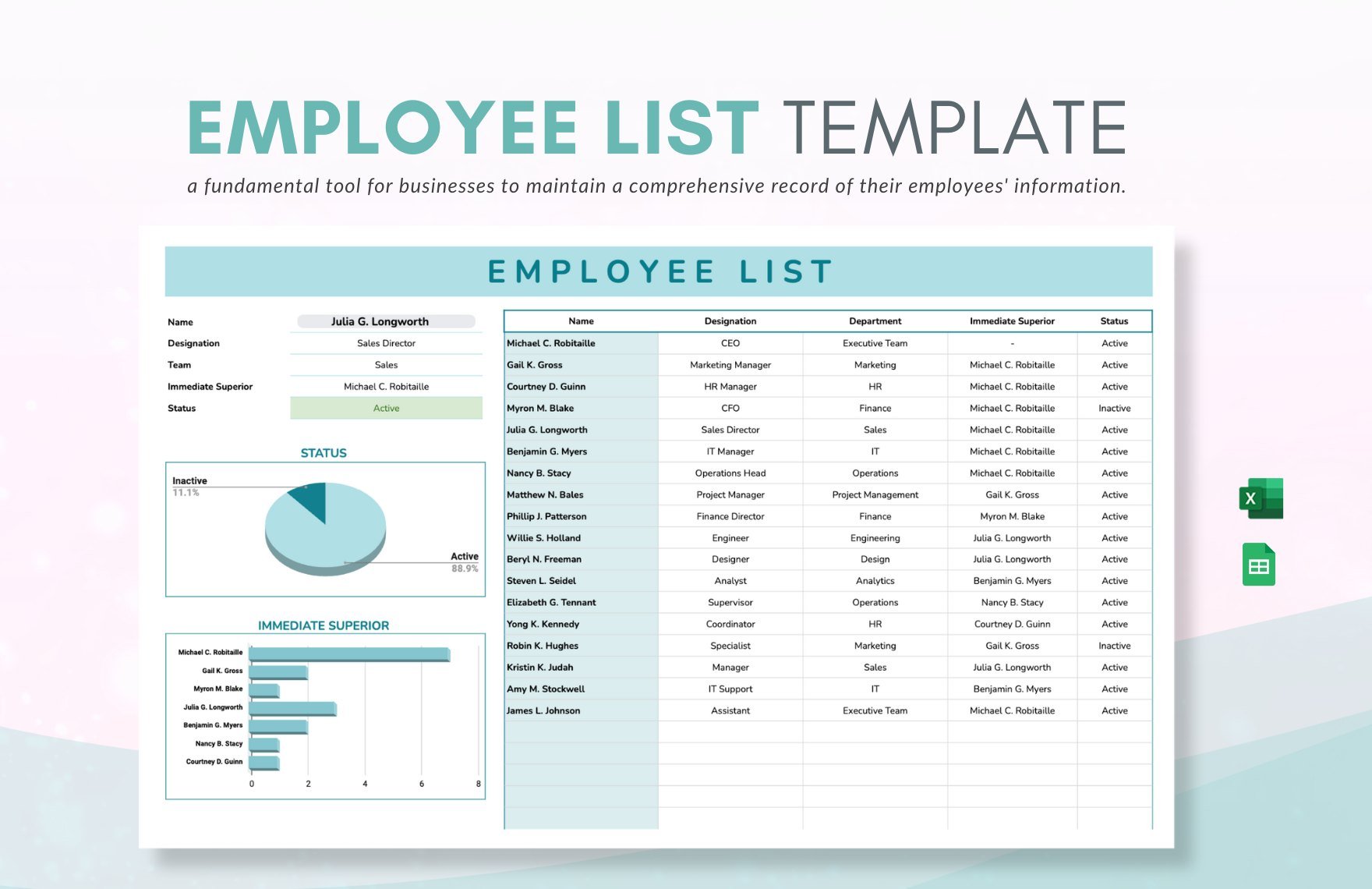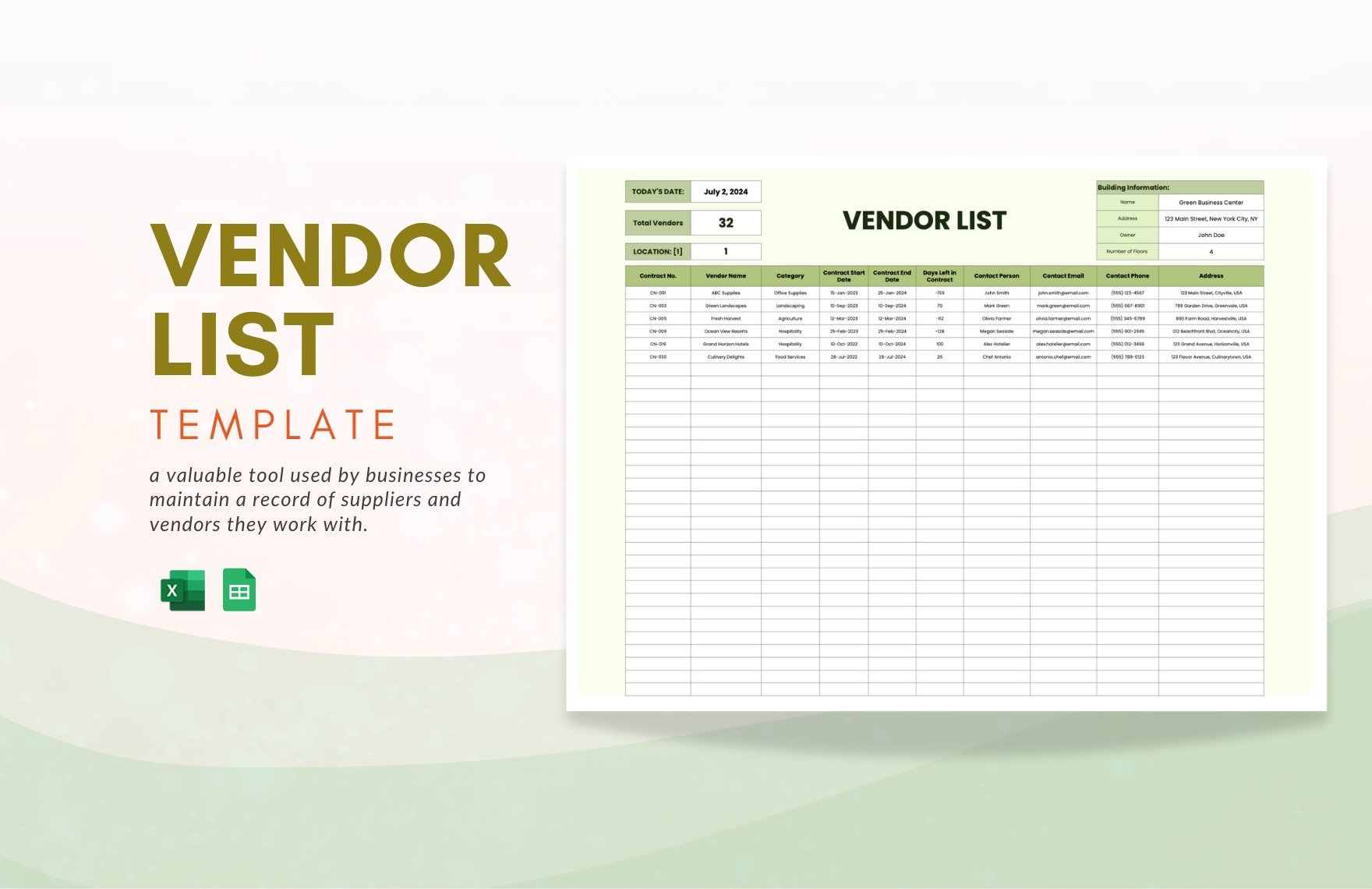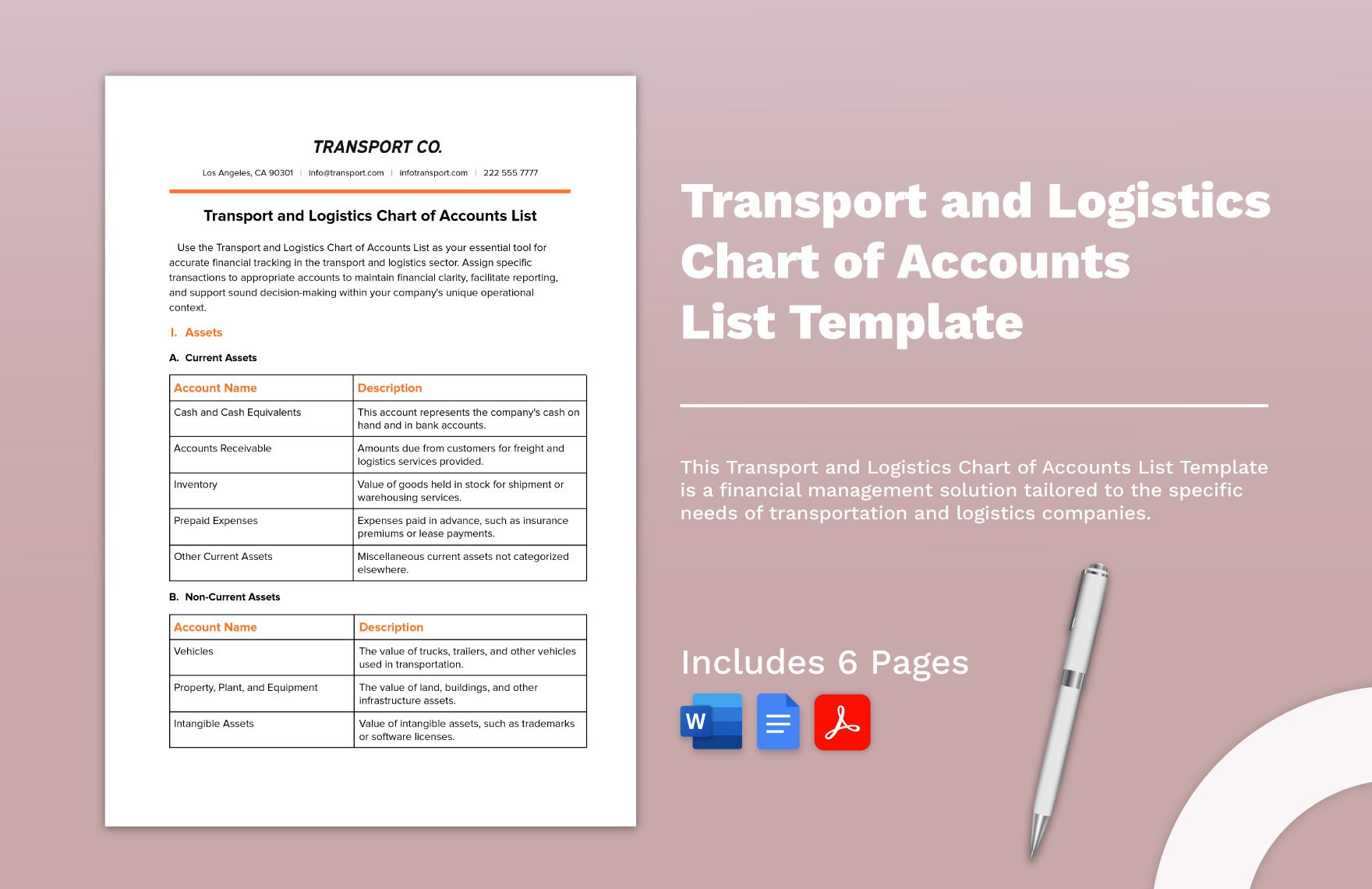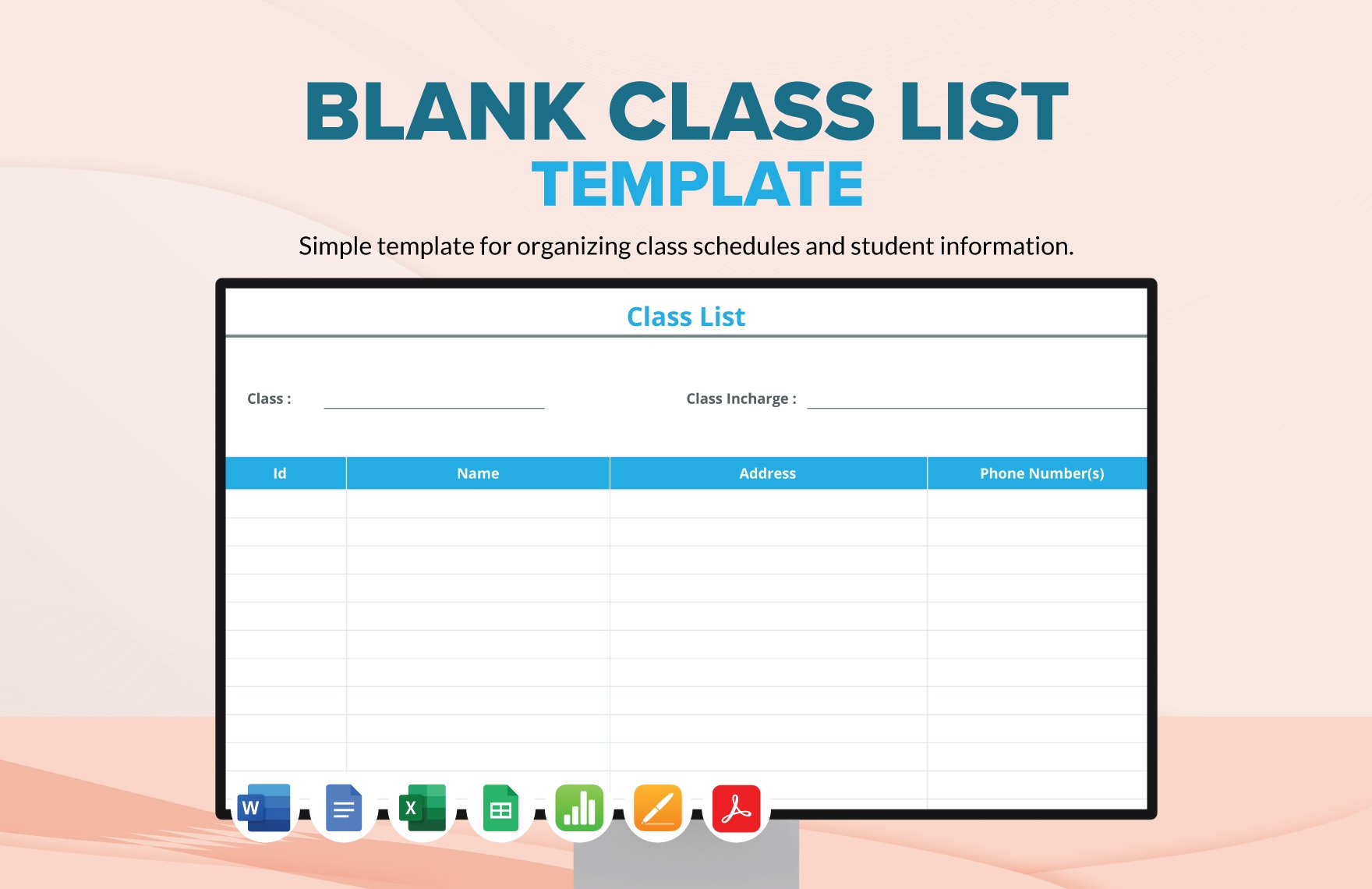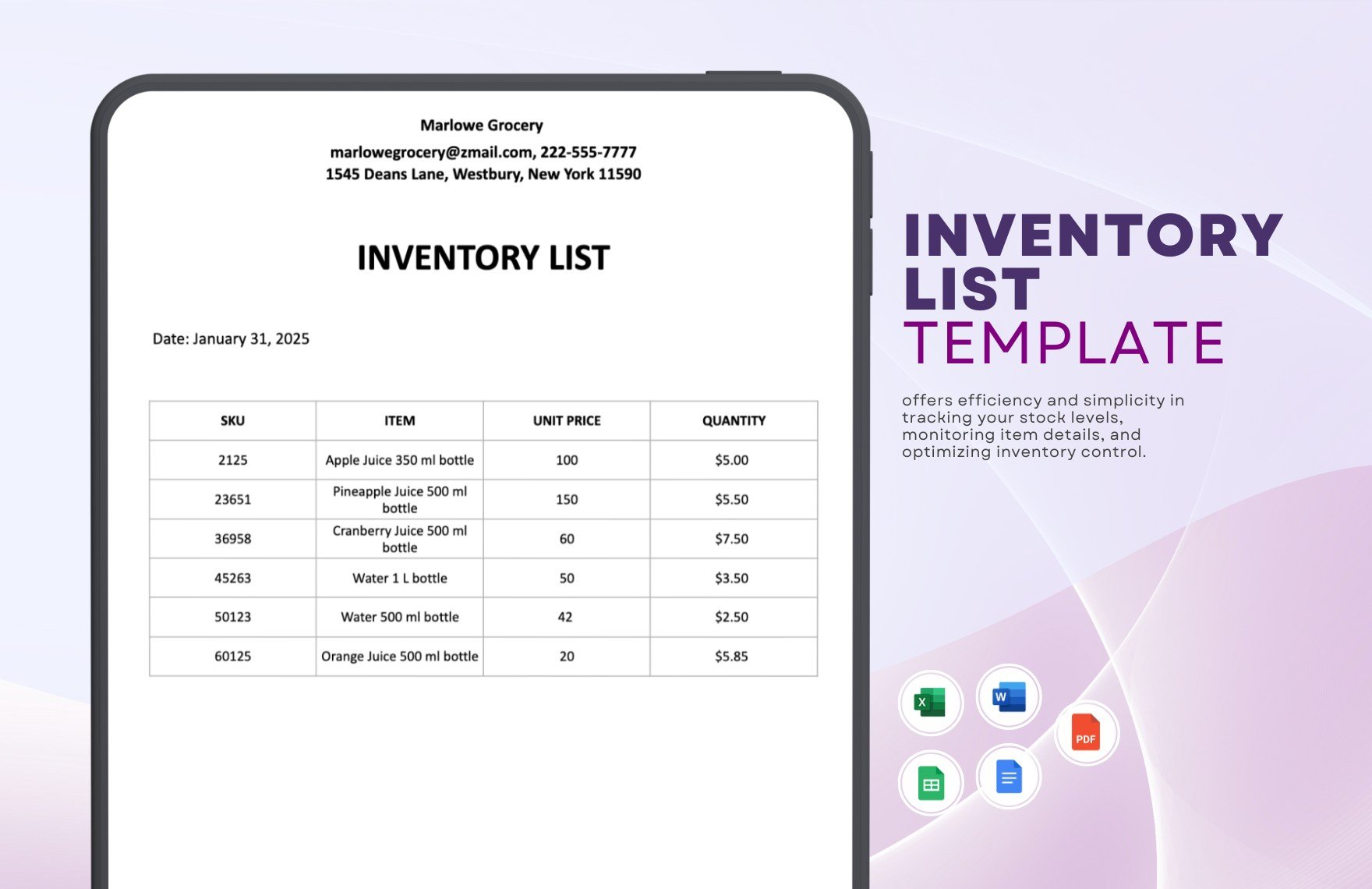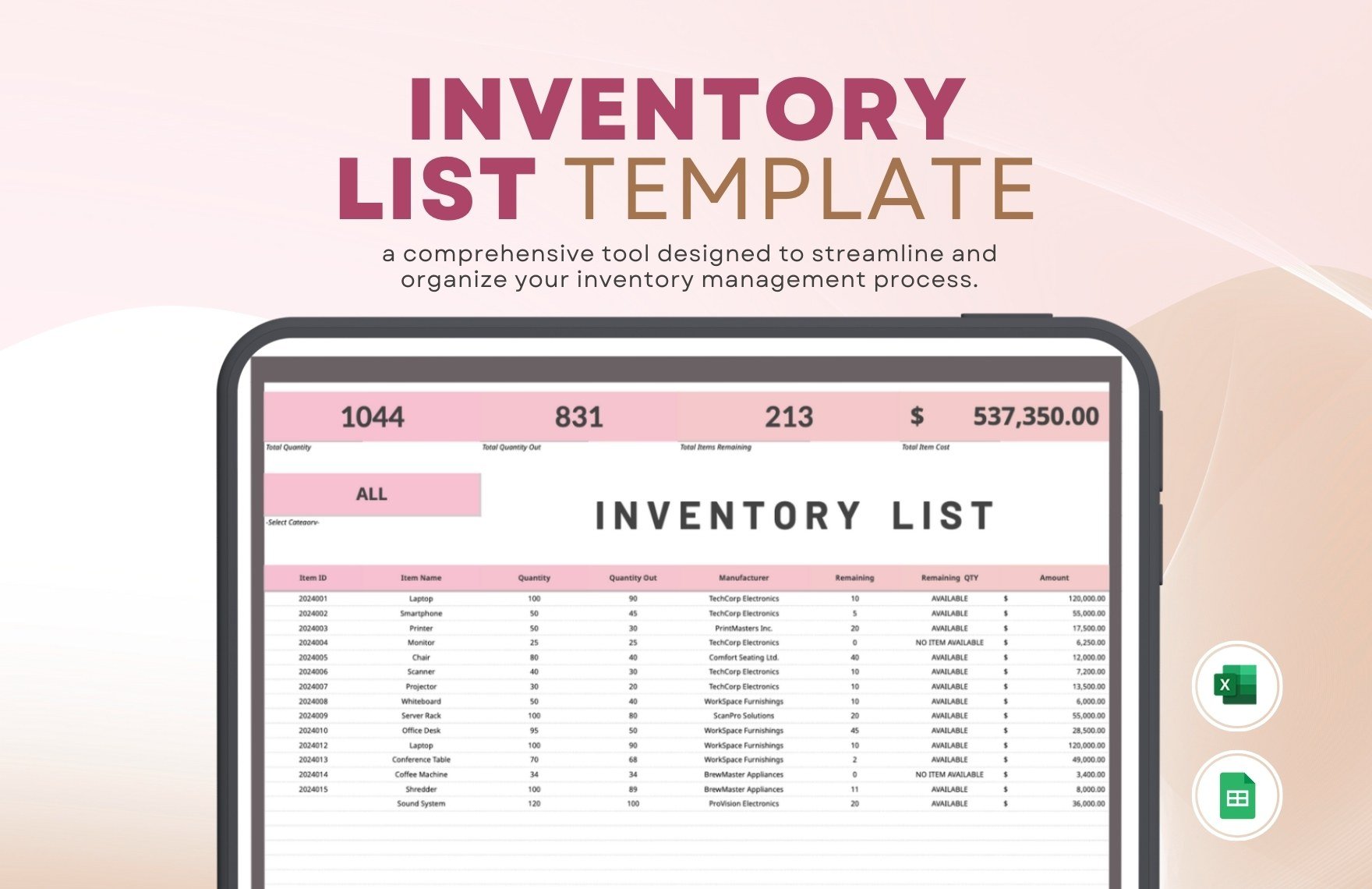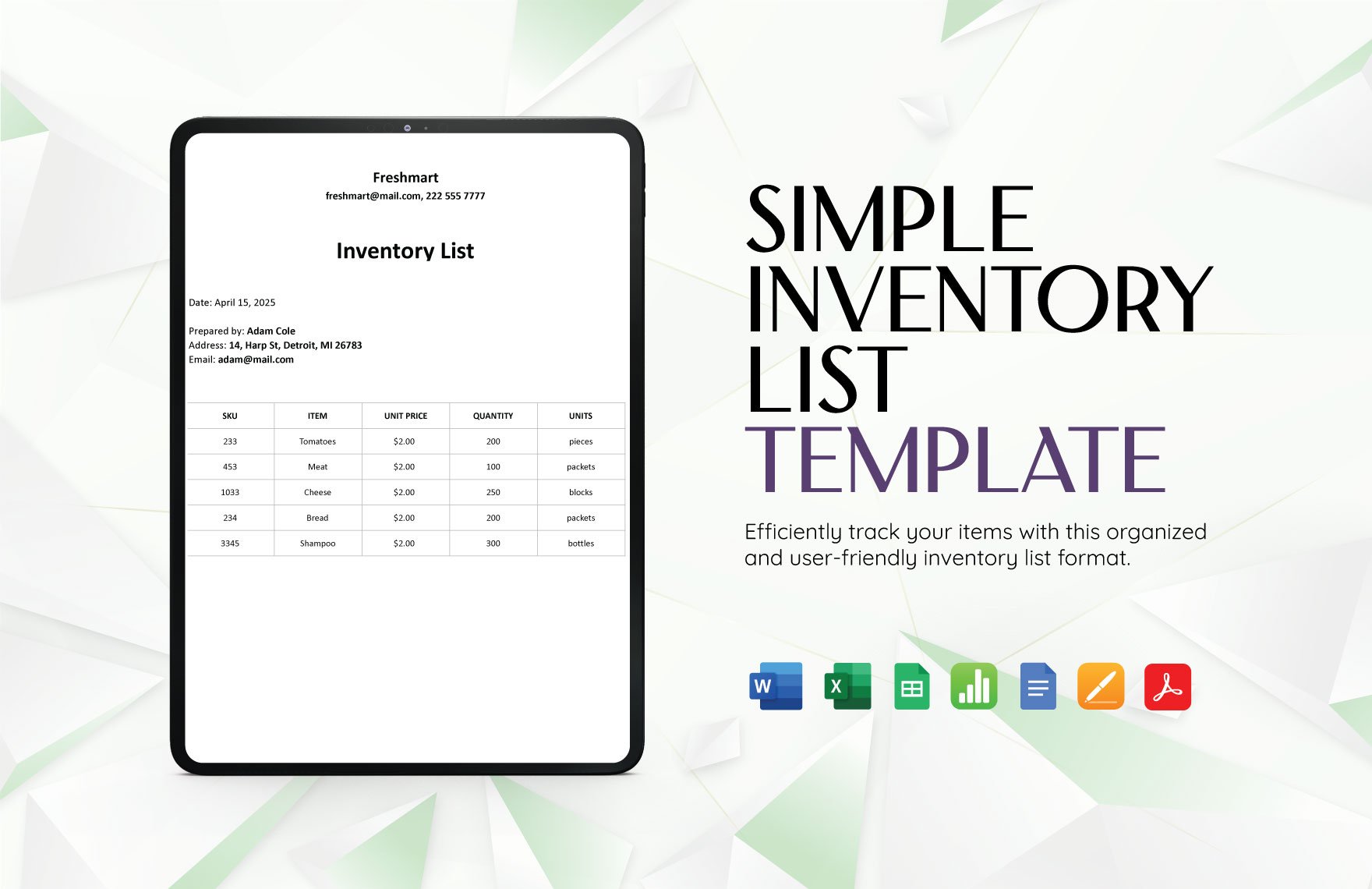Whether you are at home, in school, or at work, you constantly have tasks or items that need to be remembered, but because of the limitation of human memory, we can't recall them all if we won't put them into writing. With this, we can help you get organized in creating a list through our well-formatted simple list templates that are available in Google Docs, MS Word, and Apple Pages file formats. With our premium templates, you will surely put things in order and make your writing easy to understand and recall as they are well-formatted, with 100% customizable content and professional layout. So, start keeping your tasks and things in order now by downloading our editable templates right away!
What Is a List?
A list is referred to as any information—may it be a series of names, objects, tasks, and other items—written together and organized in a logical or linear formation as to constitute a record. The list is a very broad topic as it encompasses all the areas that can be grouped or placed in sequence. Examples of lists that are commonly and widely used are as follows: to-do list, to-try list, bucket list, grocery or shopping list, inventory list, price list, laundry list, waiting list, gift list, packing list, name and address list, and blacklist. There are a lot more lists that one can create depending on his or her purpose, like for memorizing lessons in schools, chores at home, or tasks in the workplace.
How to Create a Simple List
1. Identify the Purpose
As stated above, a sample list can be used for several purposes, and your purpose will be the basis of all the other elements that you need to incorporate in your list. Hence, you must first determine the purpose of your list or the specific task that your items will be tailored to. For example, if the purpose of your list is to record all the ingredients or materials that you need in the kitchen, you must make a grocery or shopping list.
2. Choose a Medium
Pen and paper are commonly and traditionally used by many people because of the convenience that it provides. However, there are other media that you can use when making a list especially when you are using your mobile phones, such as a list app or list-generating website.
3. Choose Your Preferred Format
A list can be ordered or unordered; ordered lists can be conveniently presented in numbered form, while unordered lists can be presented in bulleted form. In deciding which format to use, you must identify which one will help you effectively and efficiently list your items. An ordered list or numbered list allows you to list your items based on hierarchy or importance. On the other hand, an unordered list or bullet list lets you freely list down the items without regard for their priority or hierarchy.
4. Organize the Items on the List
If your purpose is to present a list in the order of importance or hierarchy, you must organize the items to ensure that they are logically presented. For example, if you are listing a procedure, check whether an item is a prerequisite of another and ensure that its requisite is presented before that item.
5. Proofread and Recheck
Before using the printable list, make sure to proofread and recheck if the necessary items are already on the list. Spot for items that are recorded twice or more than two times and eliminate the duplicate items. You must also check if the sequence of your items in an ordered list is correct; if not, revise the list according to the presentation that you desire. Lastly, check for spelling and grammatical mistakes and edit them accordingly.
